A webinar on the Implication of the Supreme Court’s decision in the Matter of Urgent Petition for the Release of Prisoners on Humanitarian Grounds in the Midst of the COVID 19 Pandemic
On 5 November 2020, the Institute for the Administration of Justice hosted the webinar “Pandemics and the Rights of Persons Deprived of Liberty.” Speaking on the Supreme Court Decision in Almonte v. People (“In the Matter of the Urgent Petition for the Release of Prisoners on Humanitarian Grounds in the Midst of the Covid-19 Pandemic”) were Atty. Rommel Alim Abitria, Dr. Raymund Narag, and Atty. Theodore Te.
Atty. Abitria, who is the Executive Director of the Humanitarian Legal Assistance Foundation, Inc., opened the discussions with a look at how the ruling promulgated on 28 July 2020 did not address the predicaments of the petitioners and those similarly situated with the urgency the situation seemingly demanded. At the center of his discussions were the long-standing conditions of overcrowding and the inadequate protections for PDLs who are expectant mothers and the newborns separated from them.
Dr. Raymund Narag, an Associate Professor at the Department of Criminology and Criminal Justice in Southern Illinois University Carbondale, expounded more on the dire straits facing PDLs in the time of COVID, a result of prevailing trends documented even before the pandemic. He proposed a path forward for those who represent PDLs using strategic litigation that targets low risk offenders, and shared the factors taken into account in risk assessment tools used in US jurisdictions.
Atty. Te, a professor of Criminal Law in the University of the Philippines College of Law, dissected the Court’s Decision from the viewpoint that it was a missed opportunity to utilize the different legal remedies available to provide the relief sought by the petitioning PDLs. He examined the Separate Opinions to point to some of the approaches that could have been taken – tackling the “nuclear option” of Rule 135 of the Rules of Court and Justice Leonen’s view of the applicability of the Writ of Kalayaan, among others.
As questions were addressed in the final portion of the webinar, what began as a study of one Supreme Court case grew into a forum on the many different elements of the justice system, and how they can be reformed to meet the present moment – exploring as models certain policies being implemented in other jurisdictions.


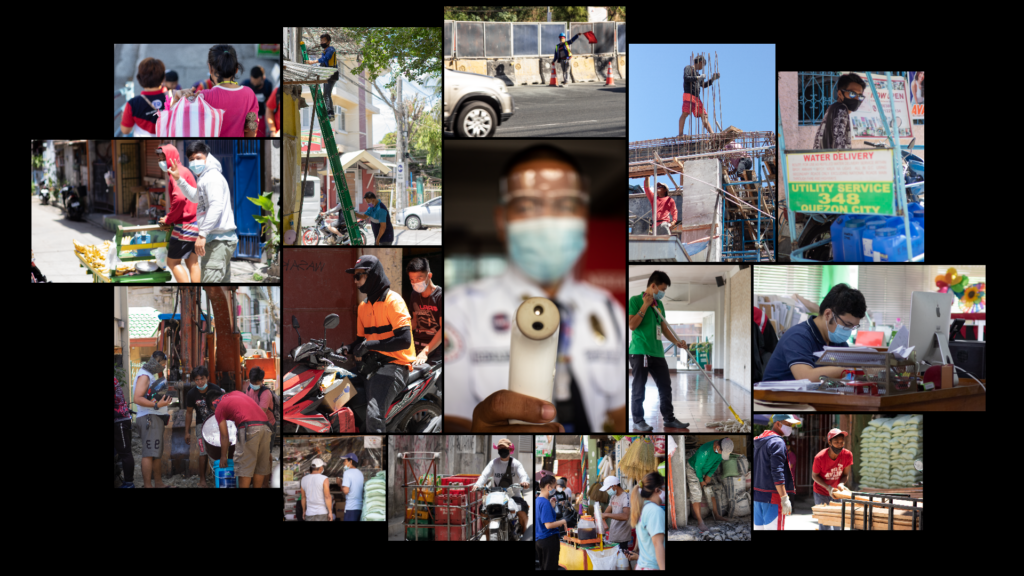


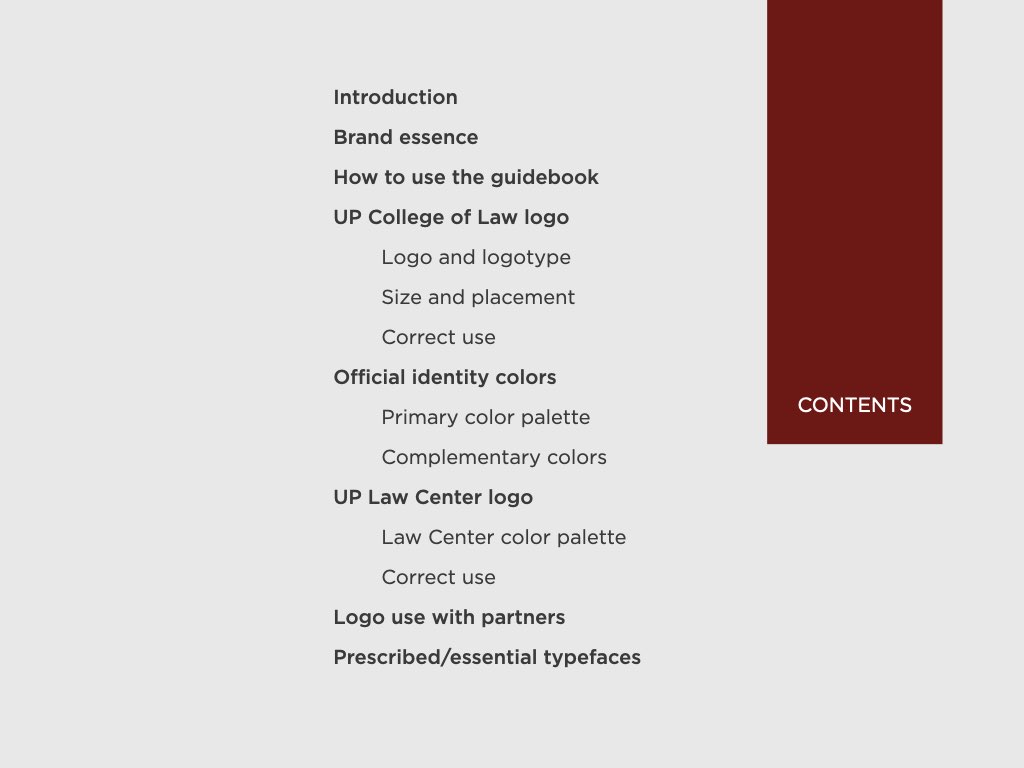

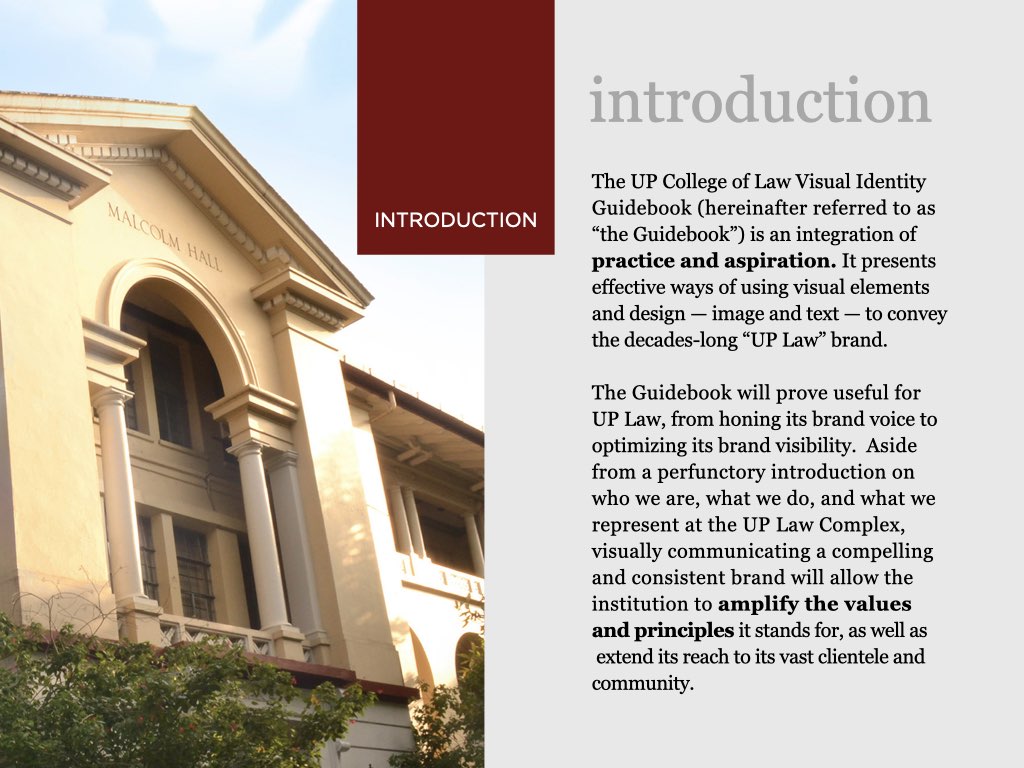
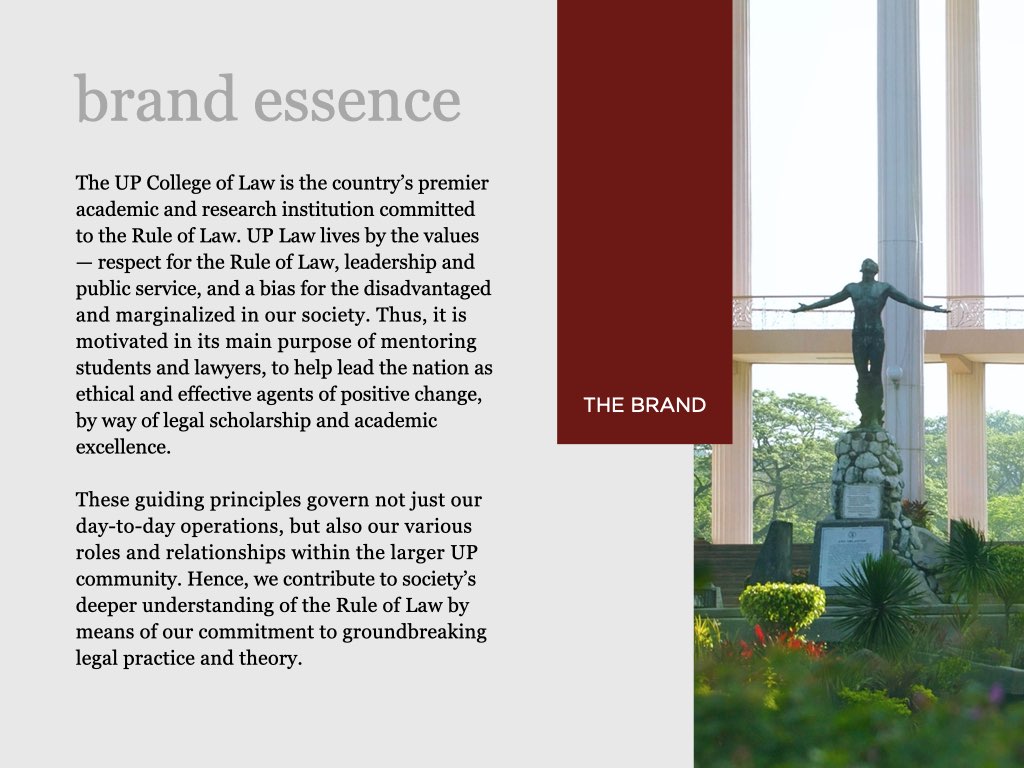
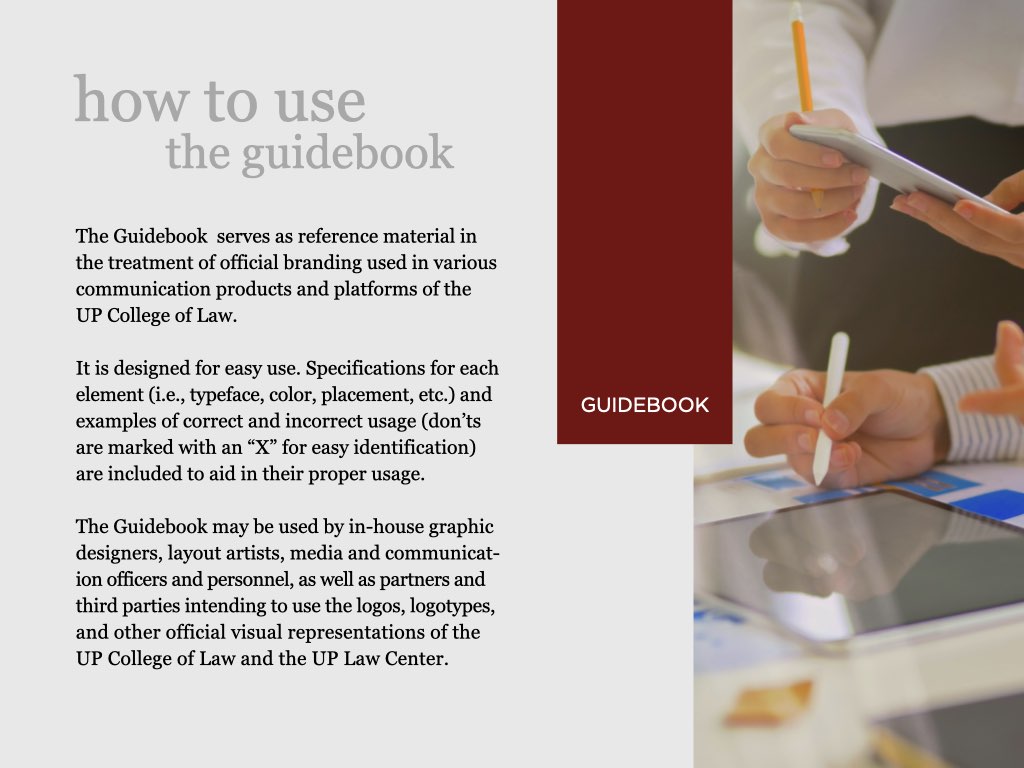
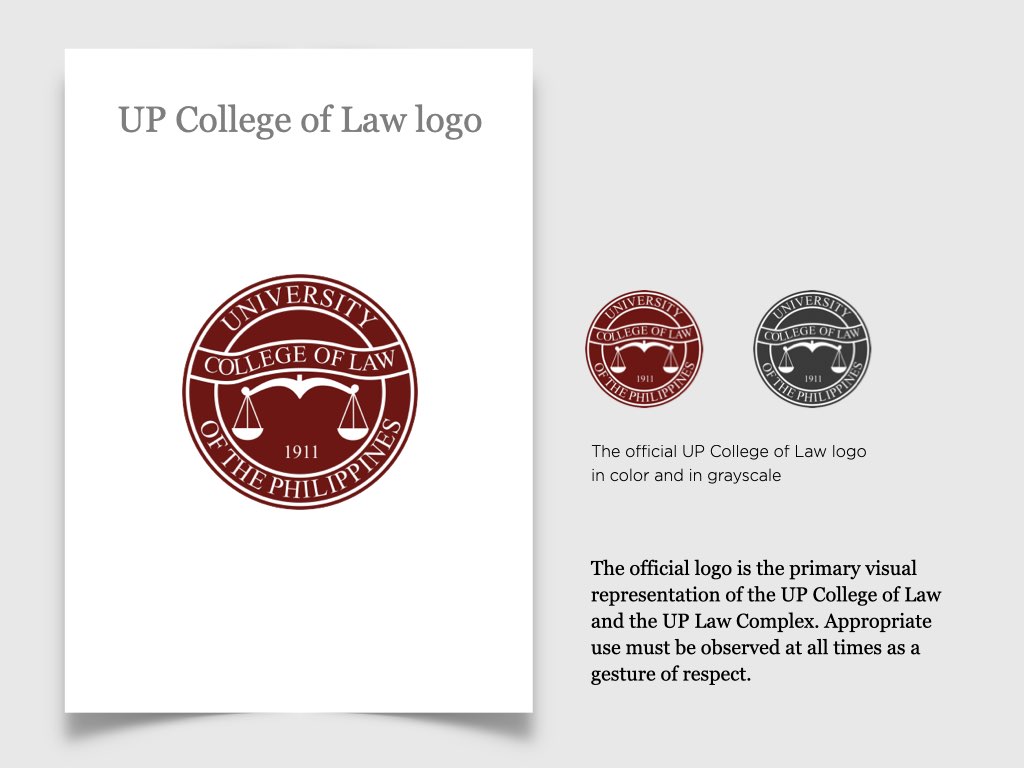
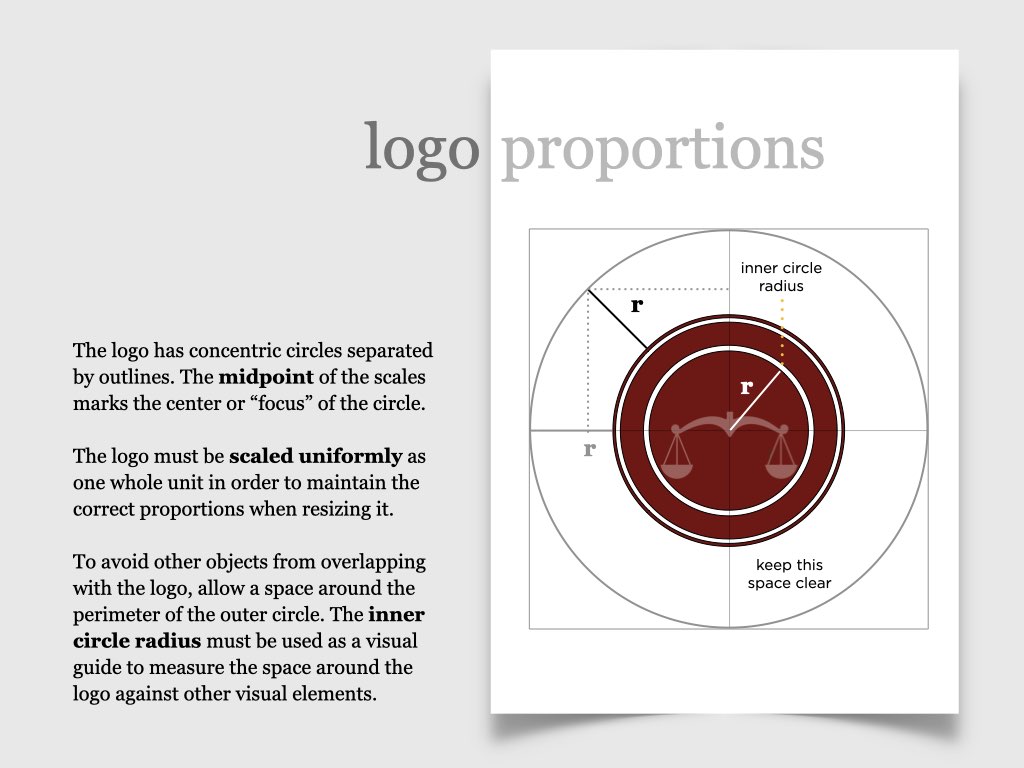
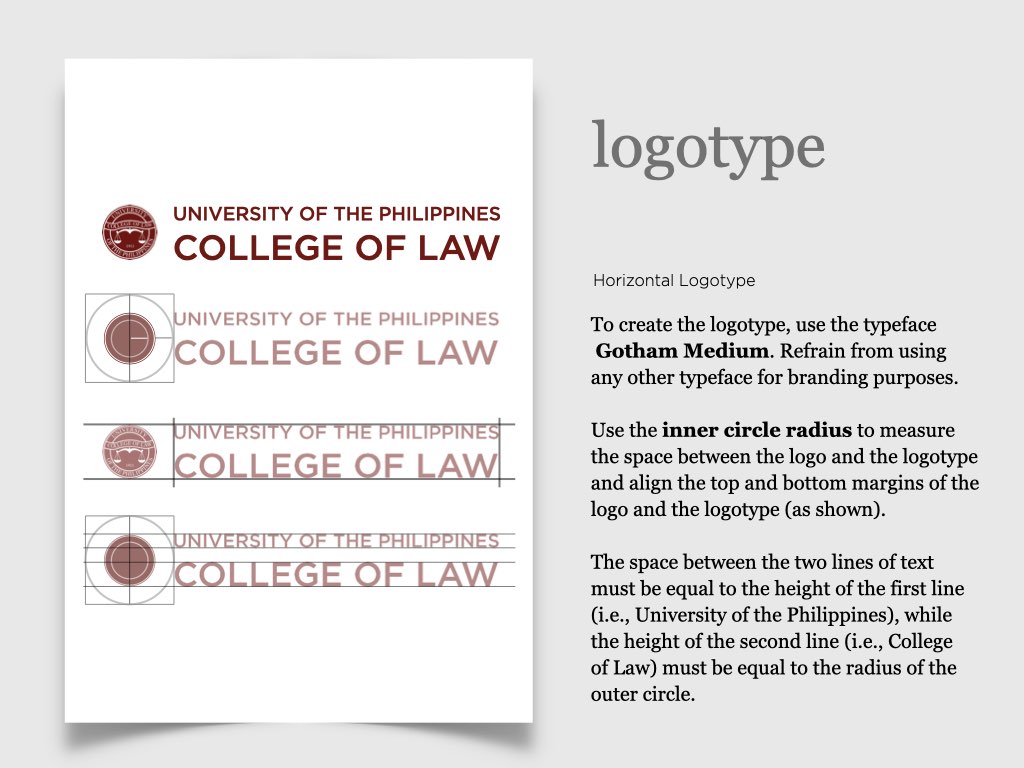
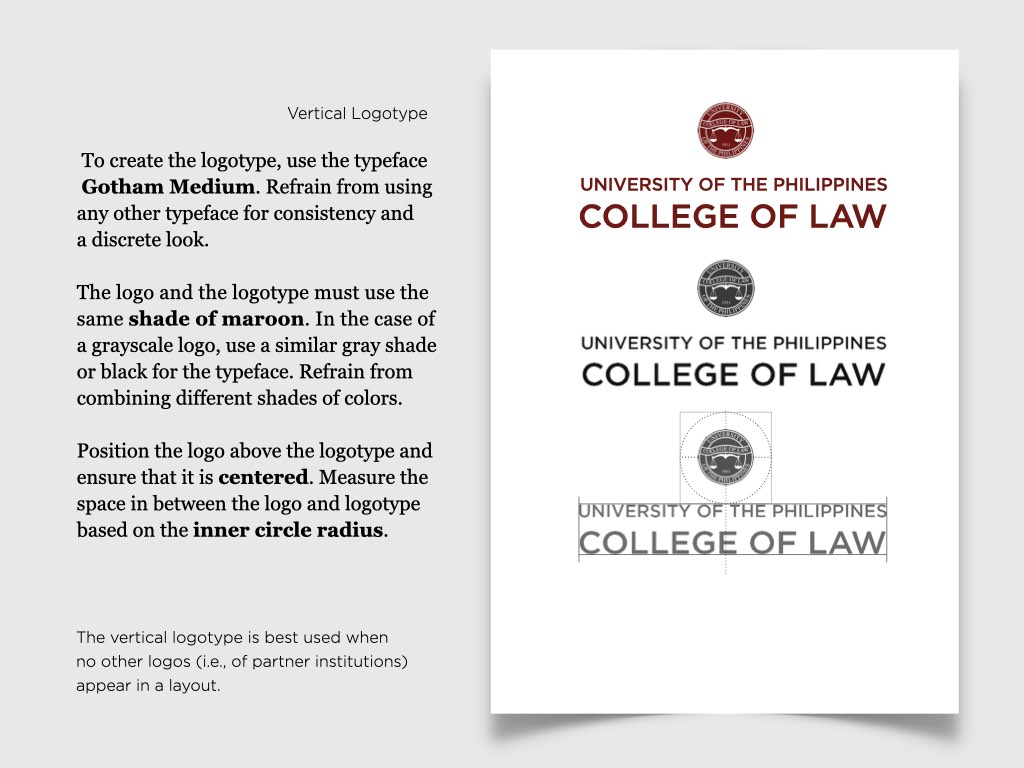
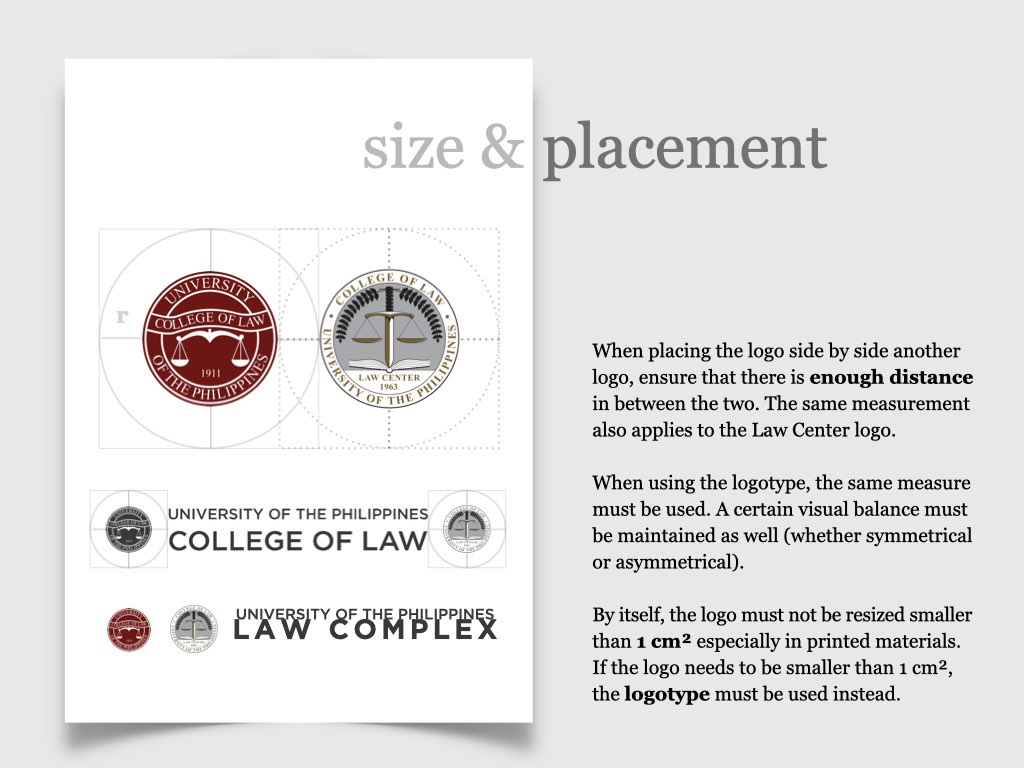

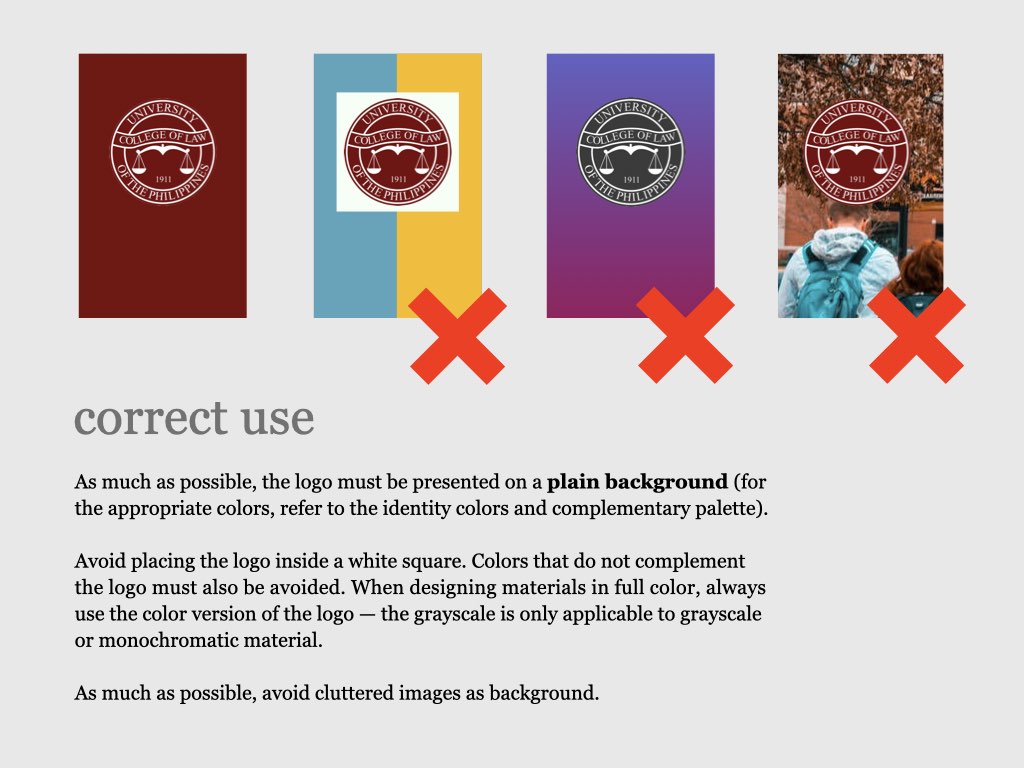
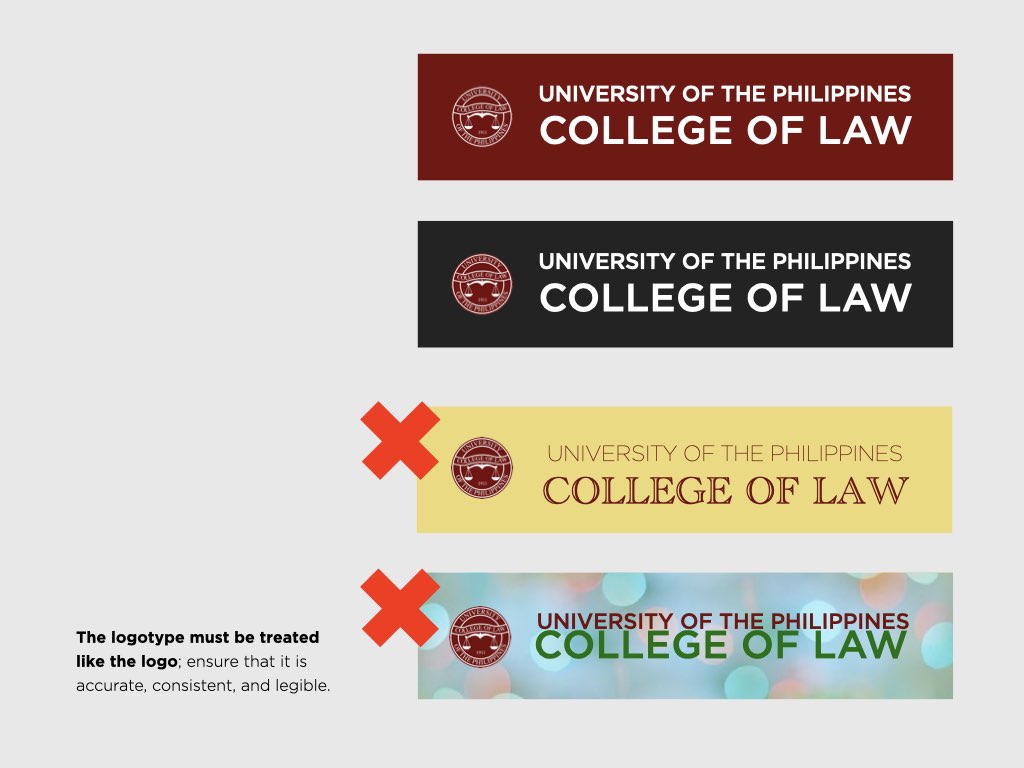
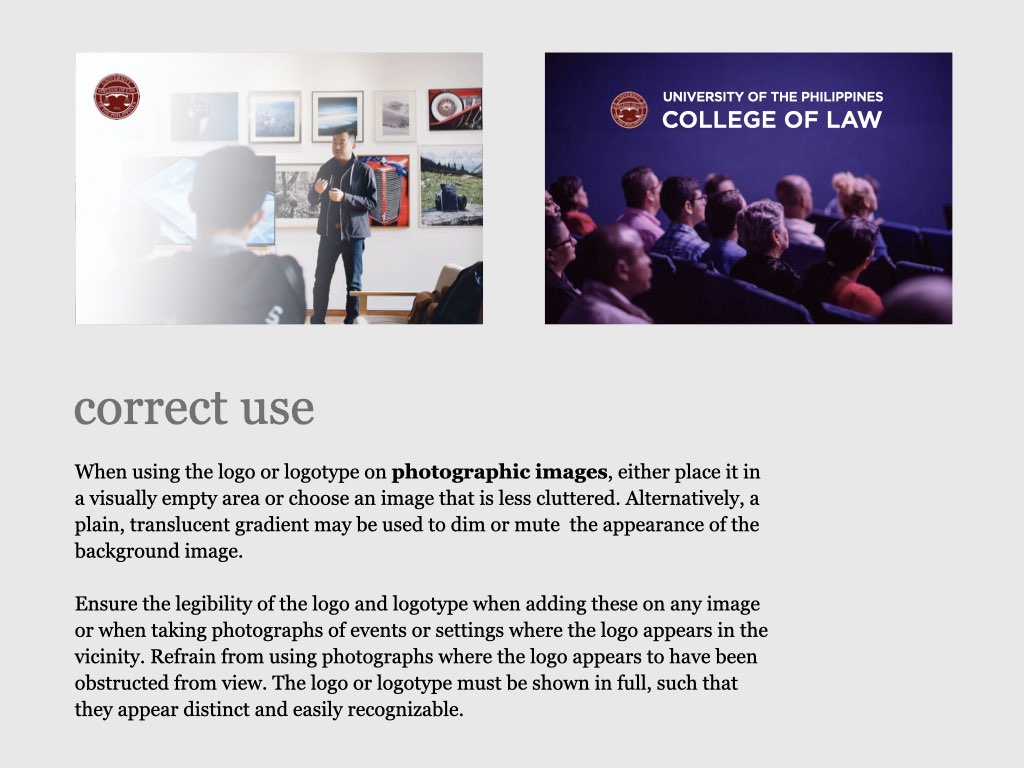
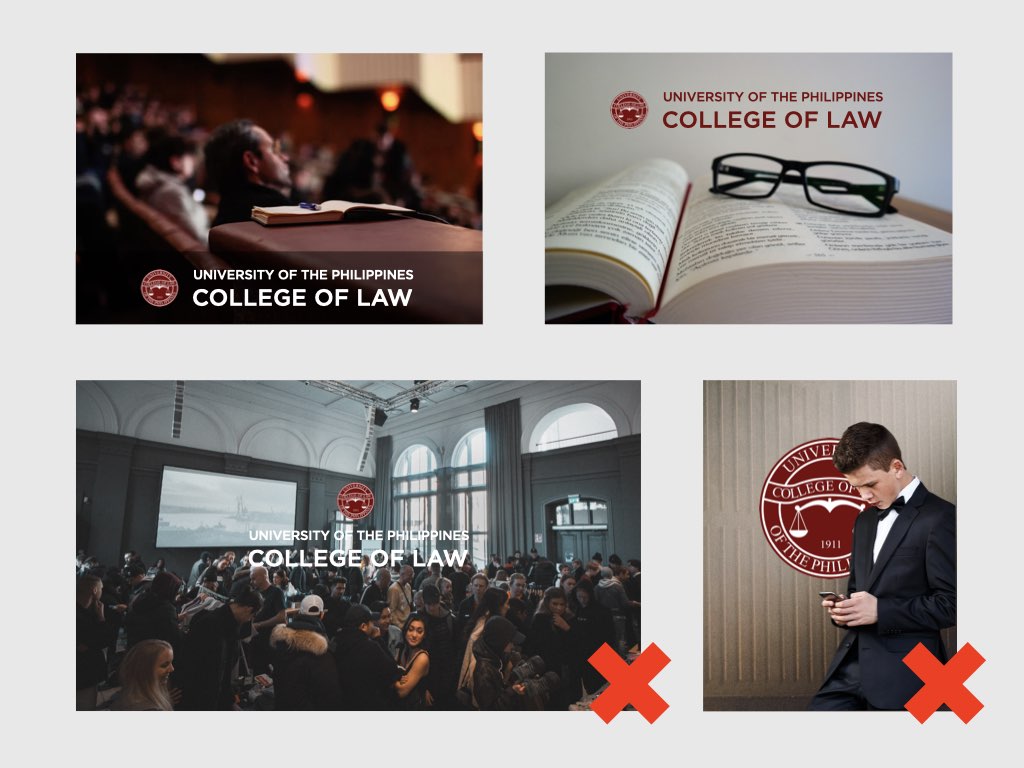




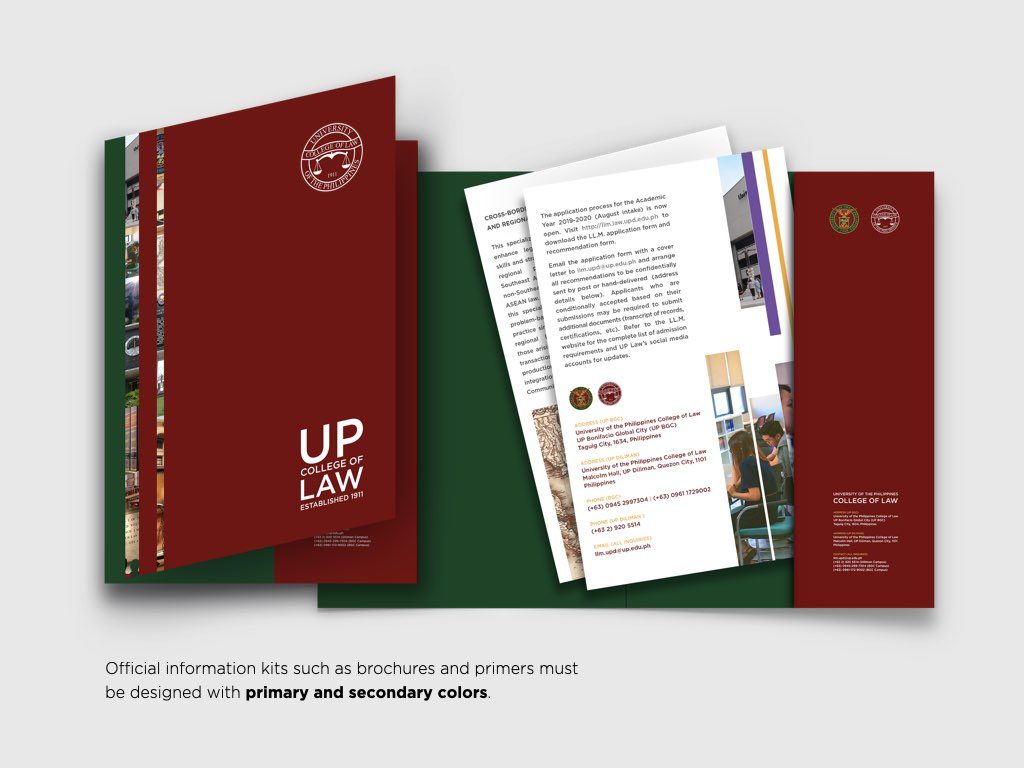
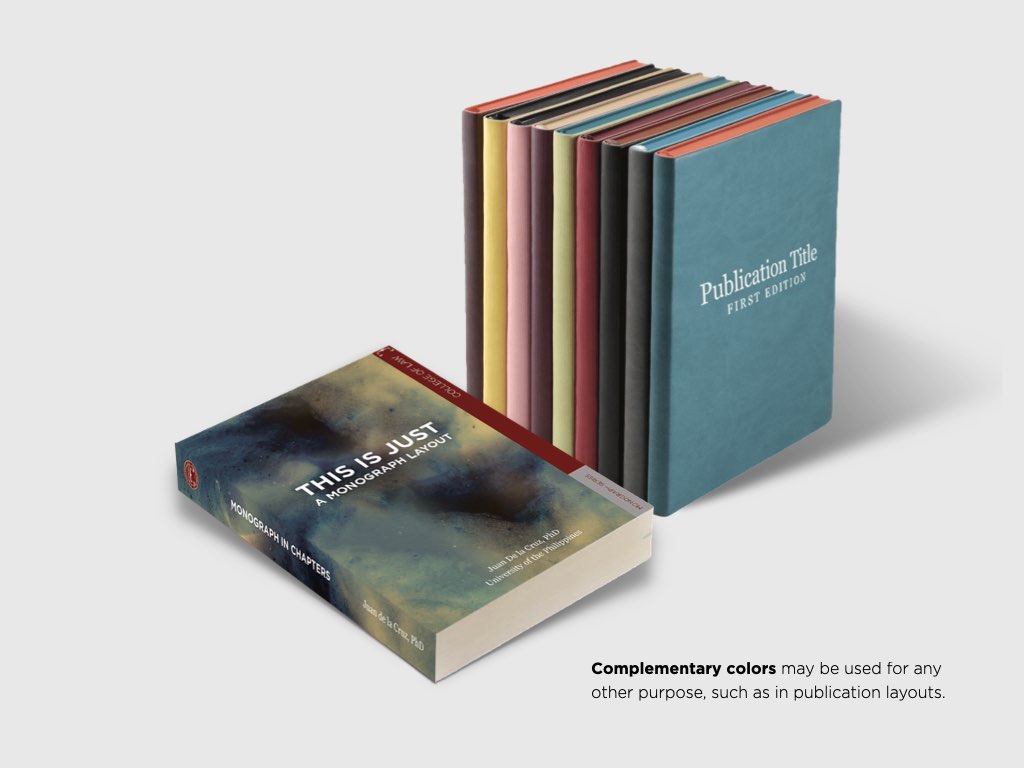
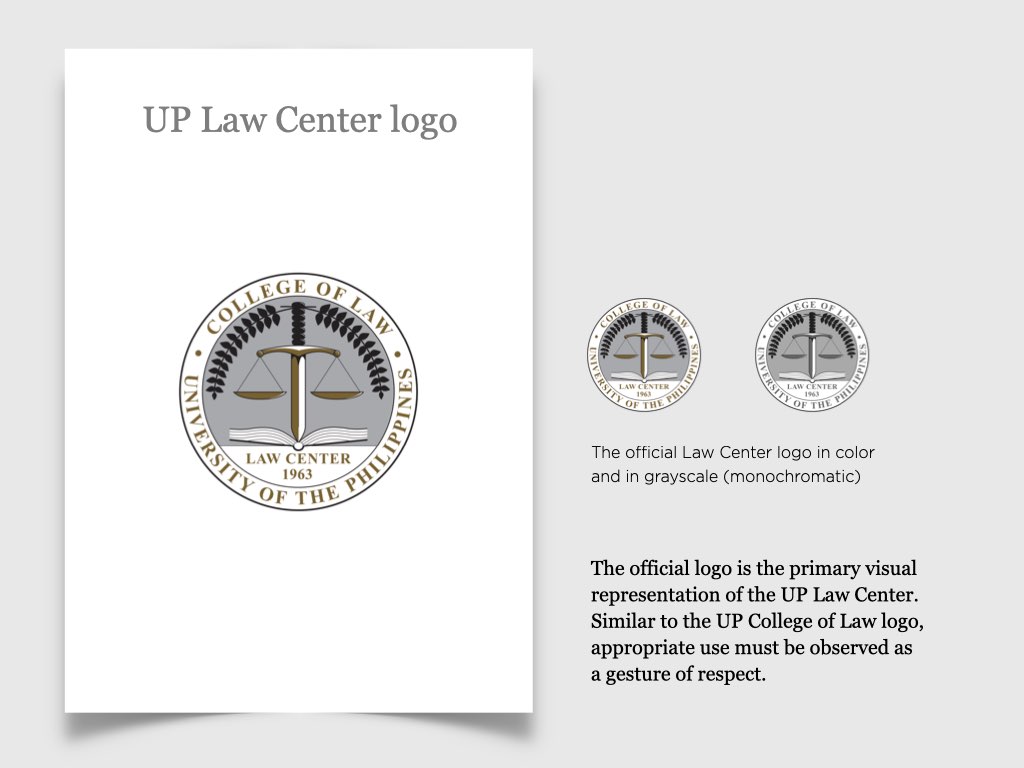

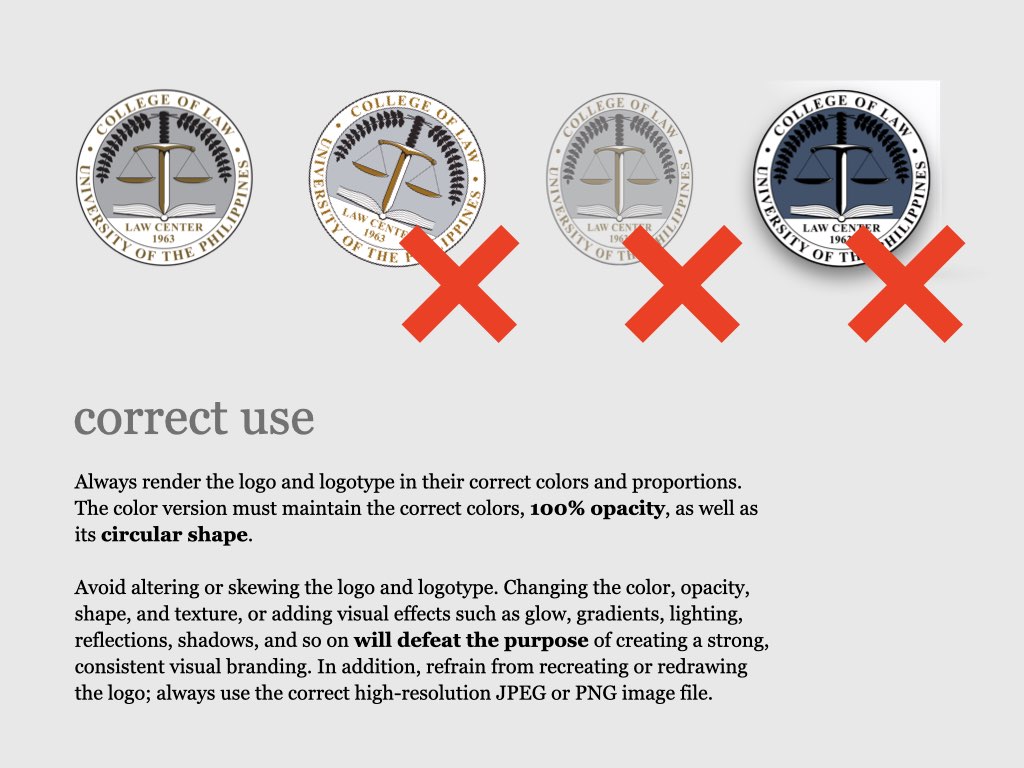


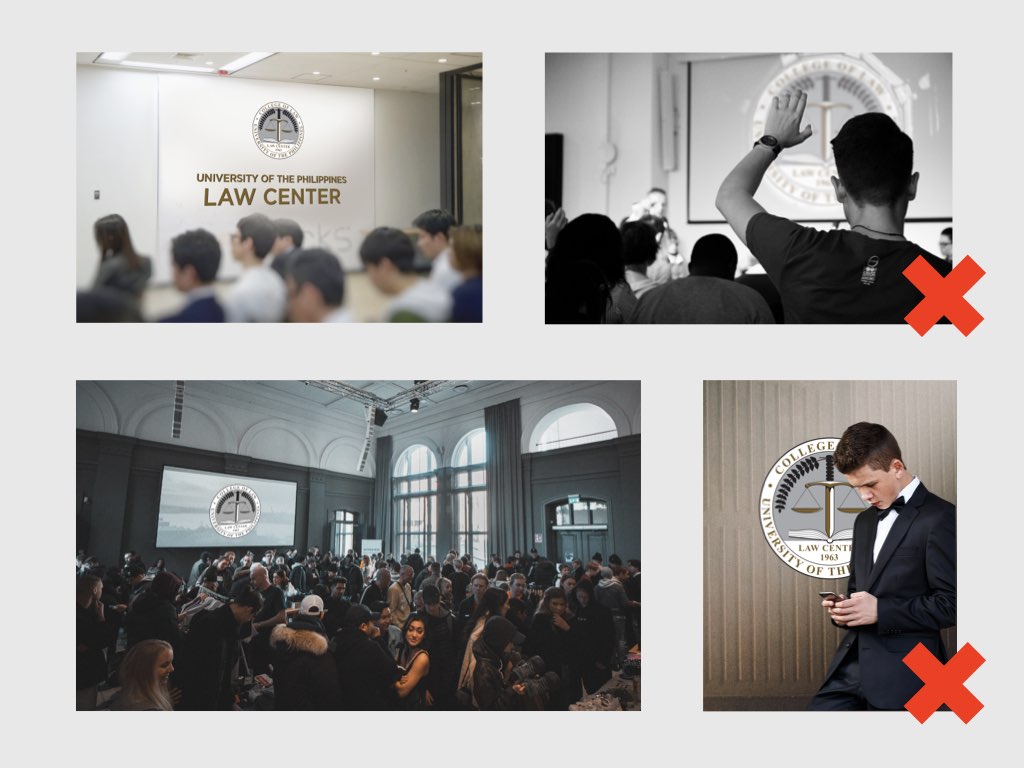
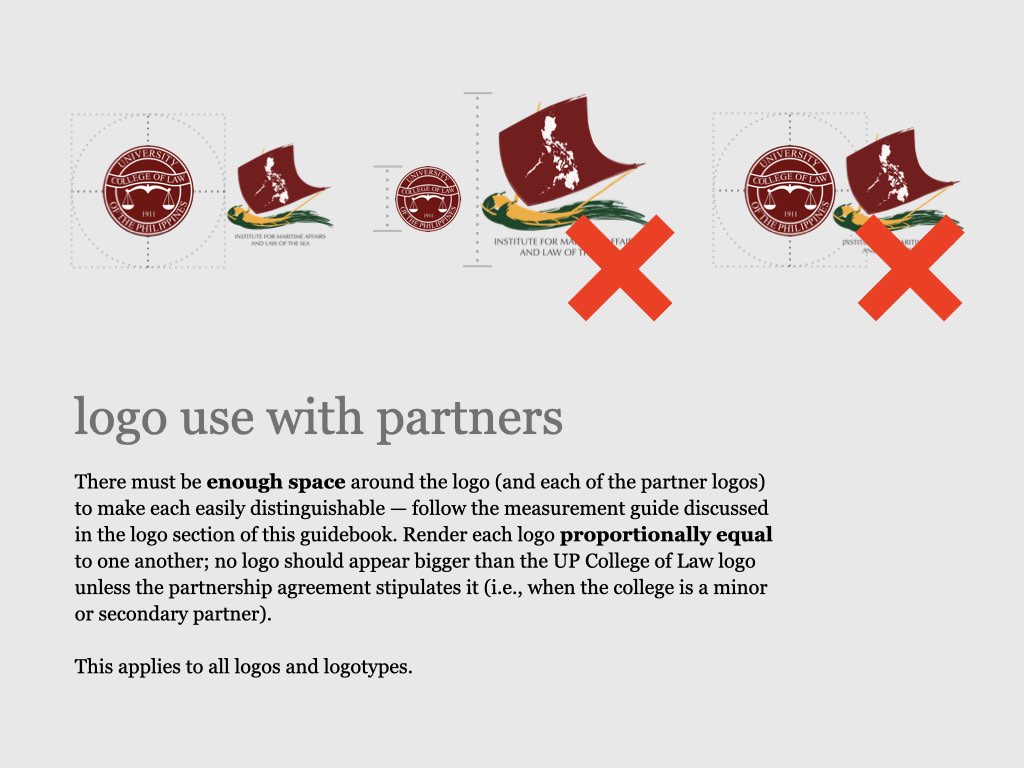
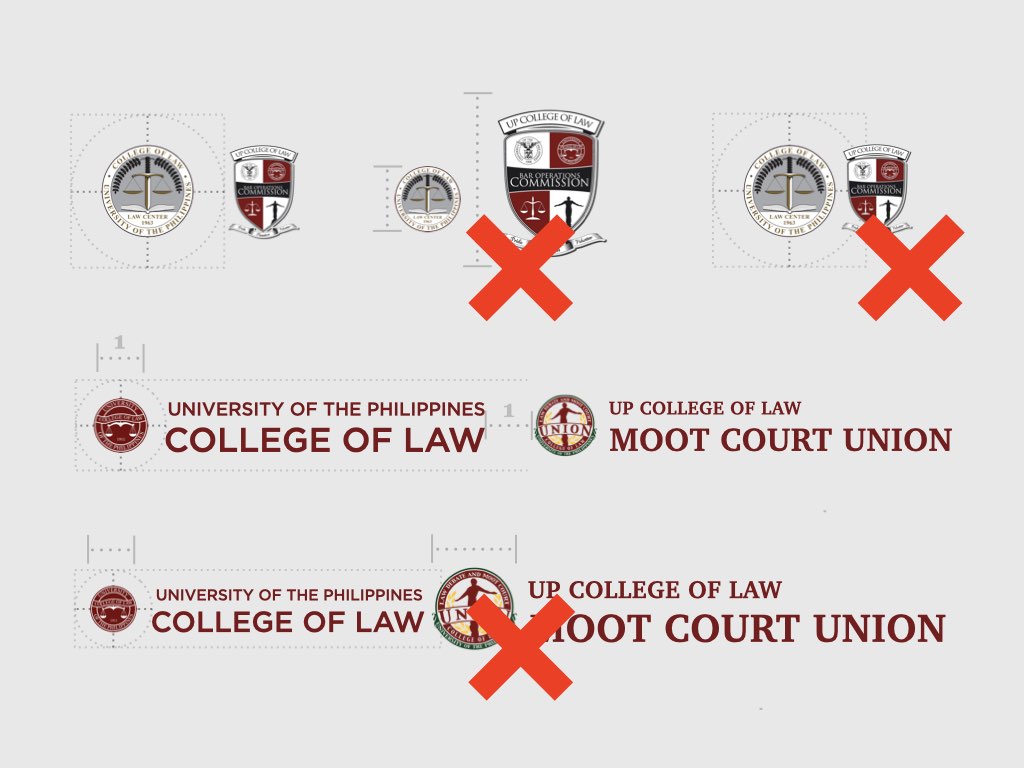

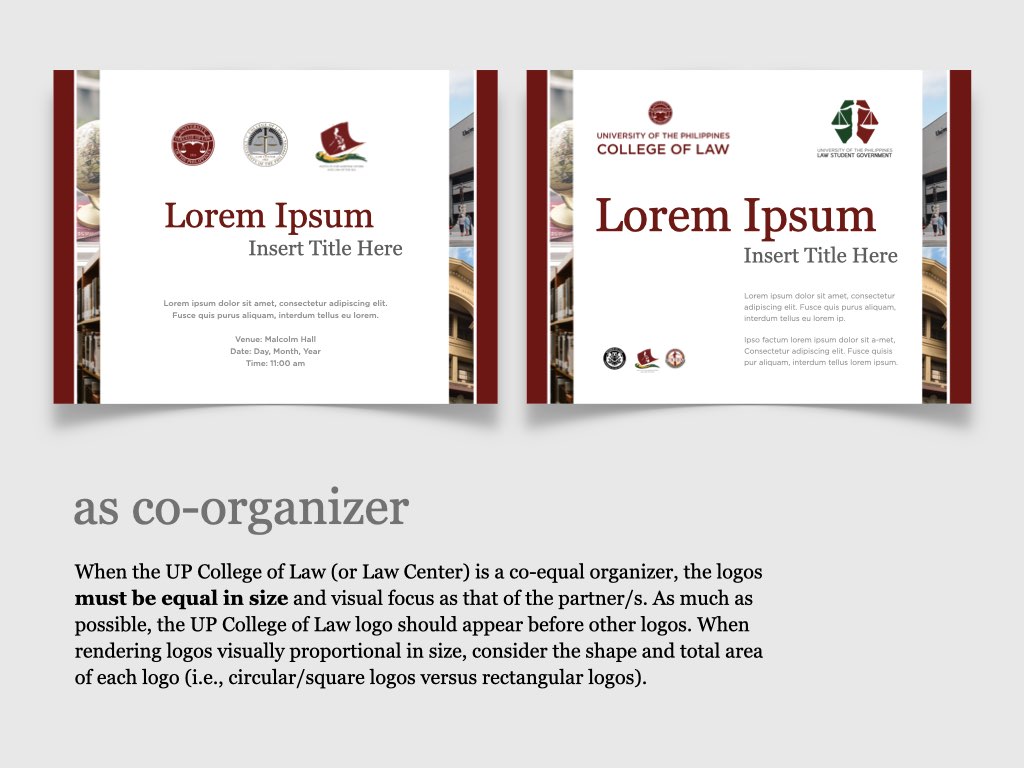


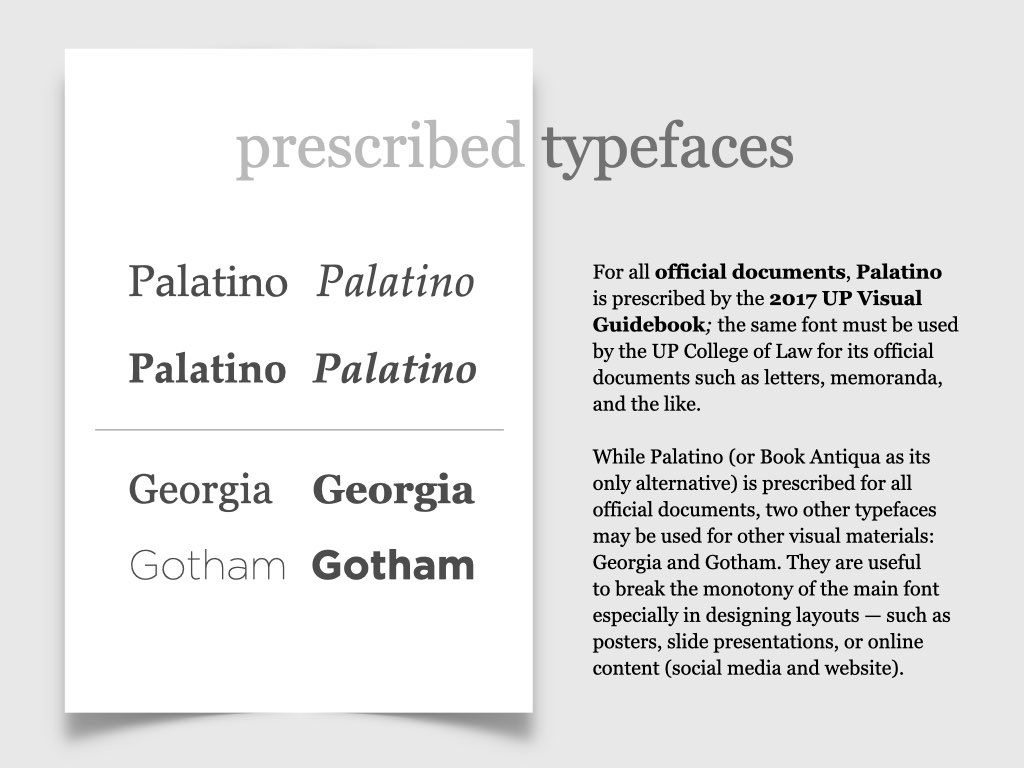
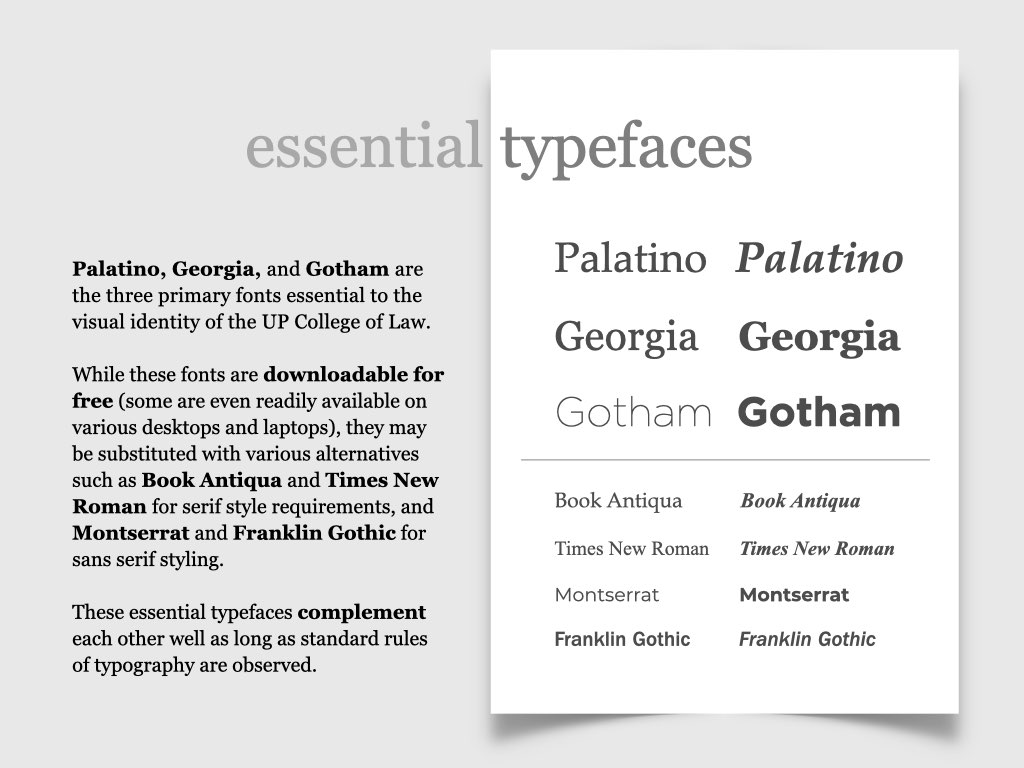



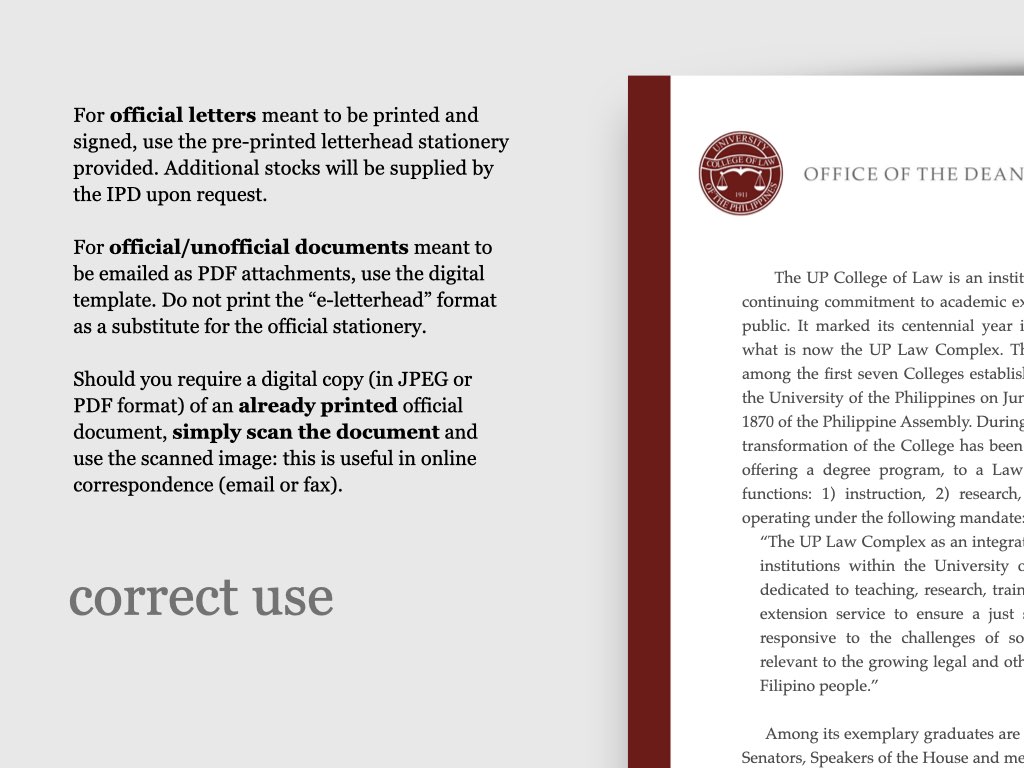
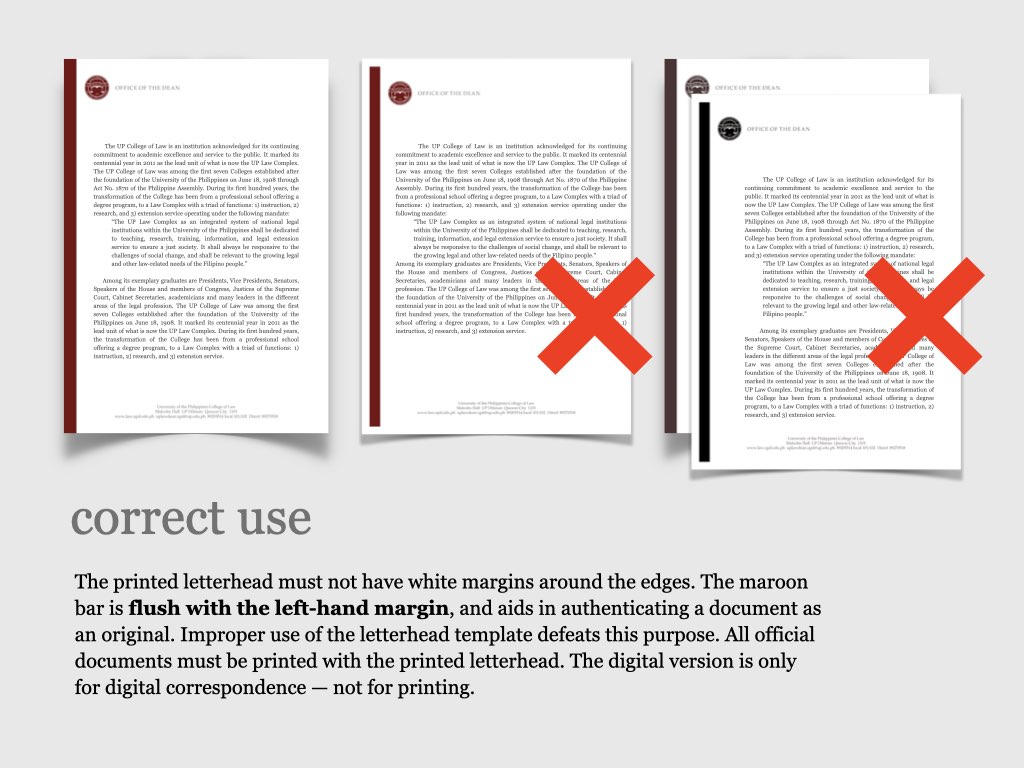
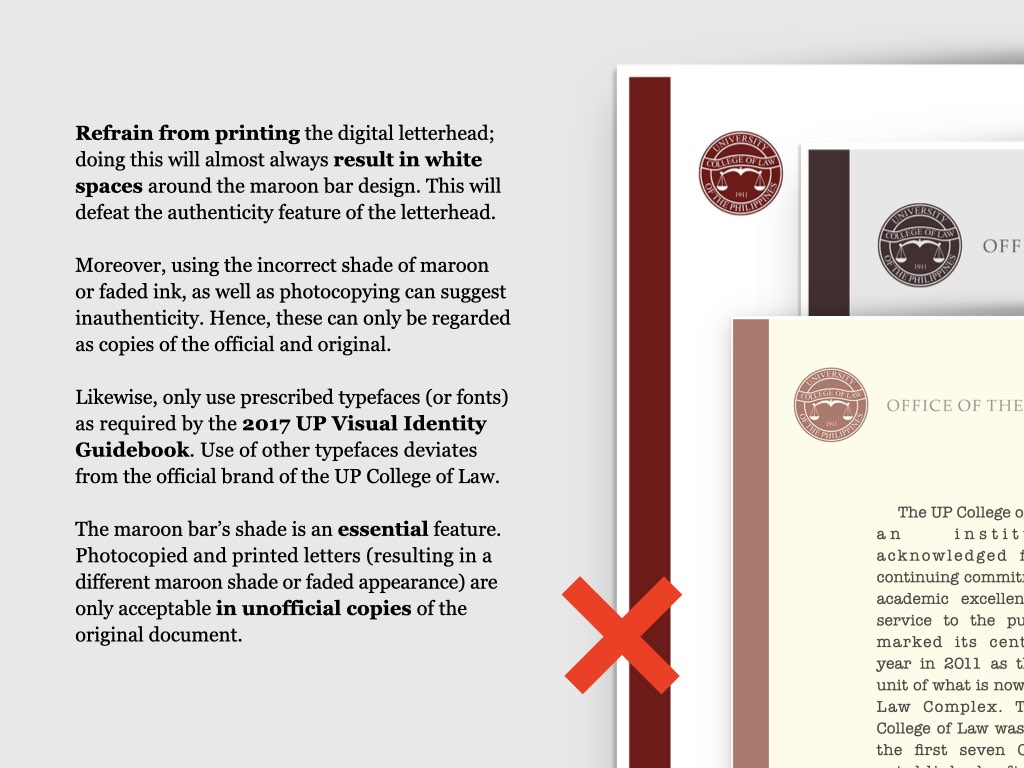
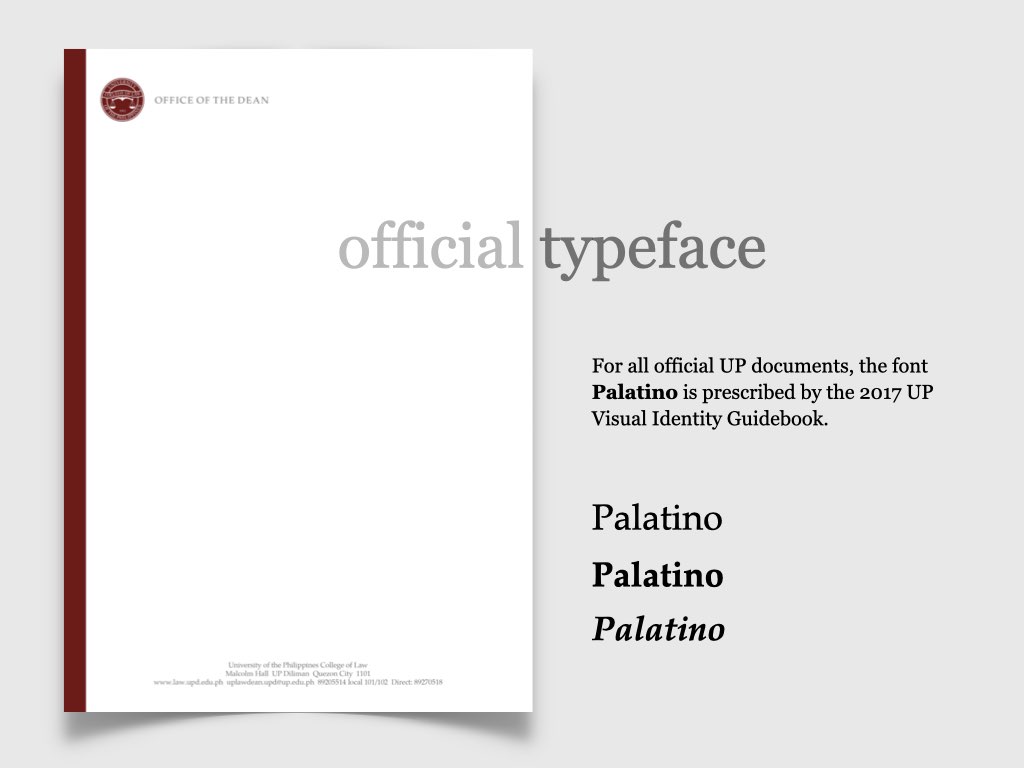
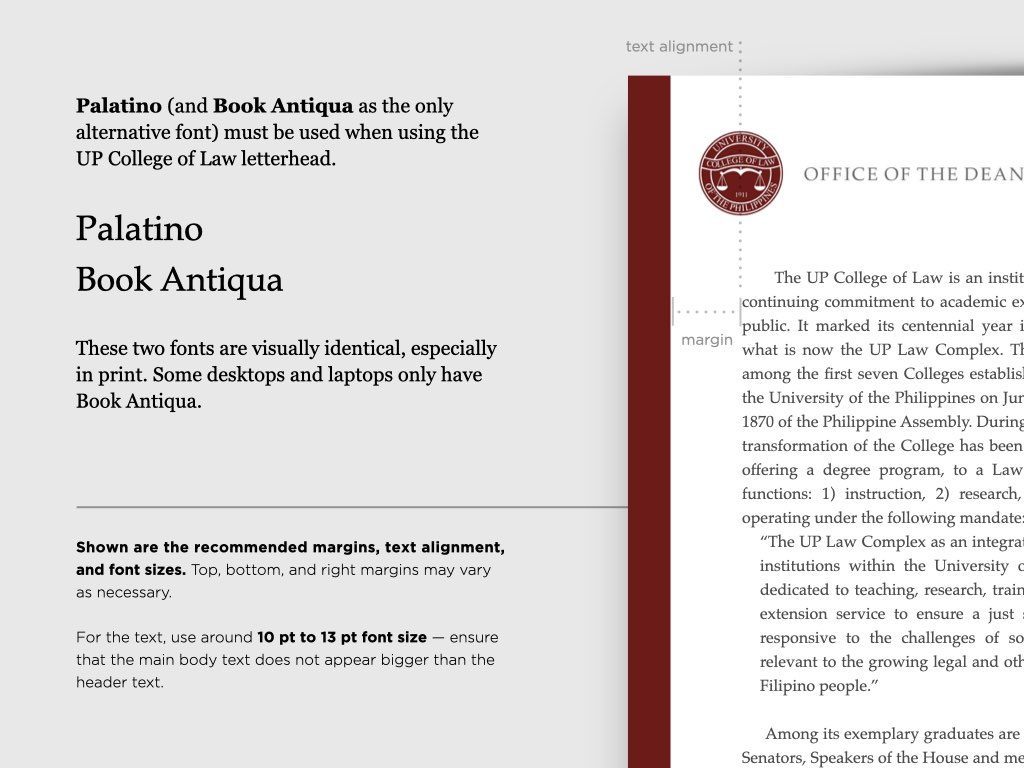

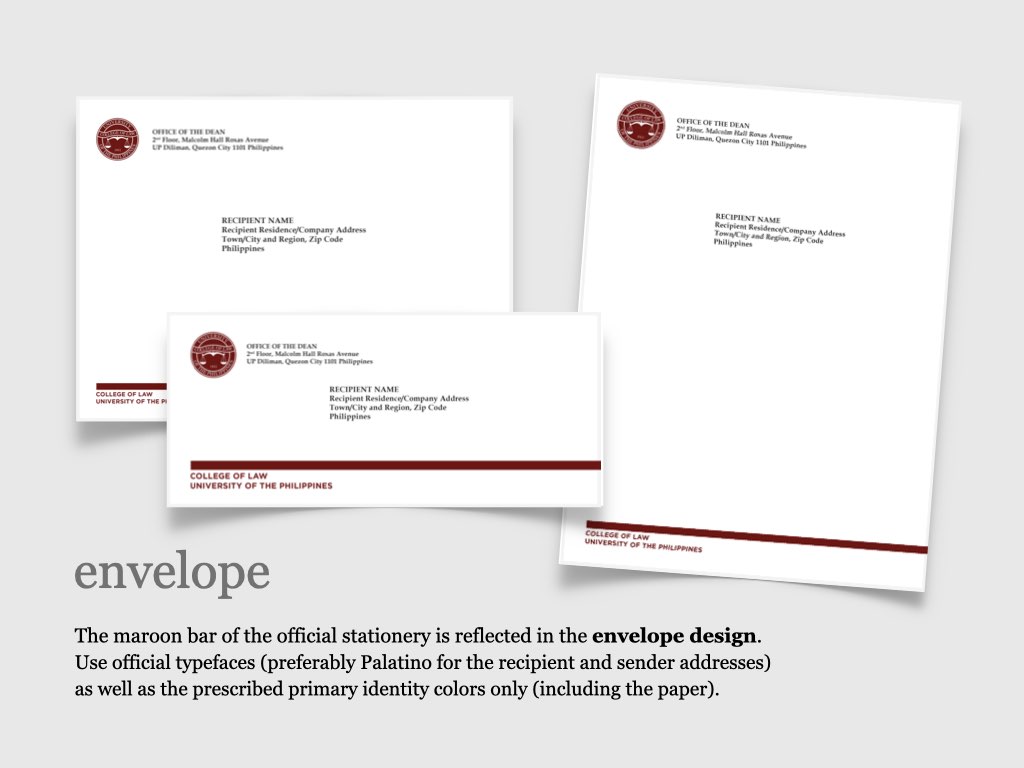

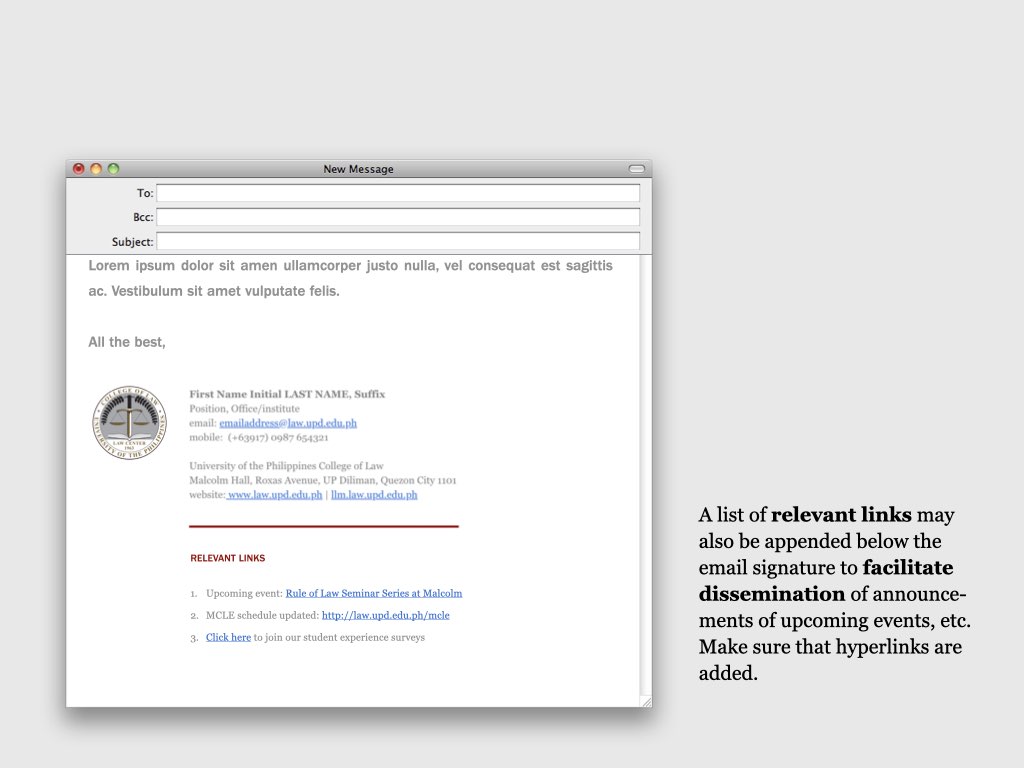
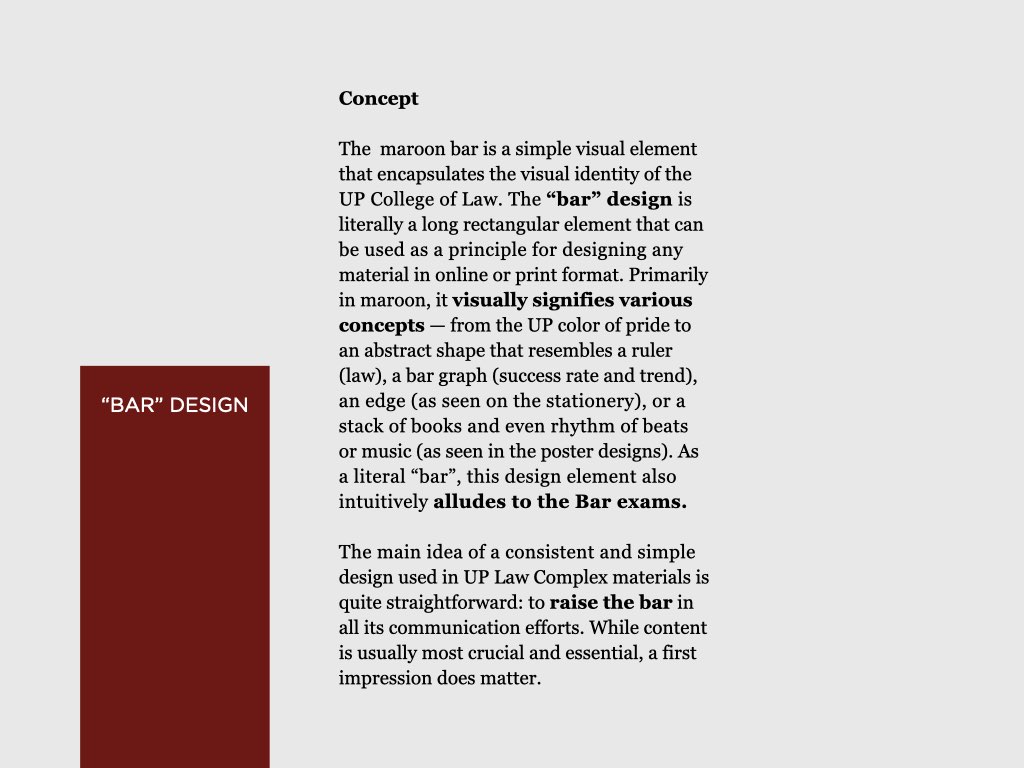



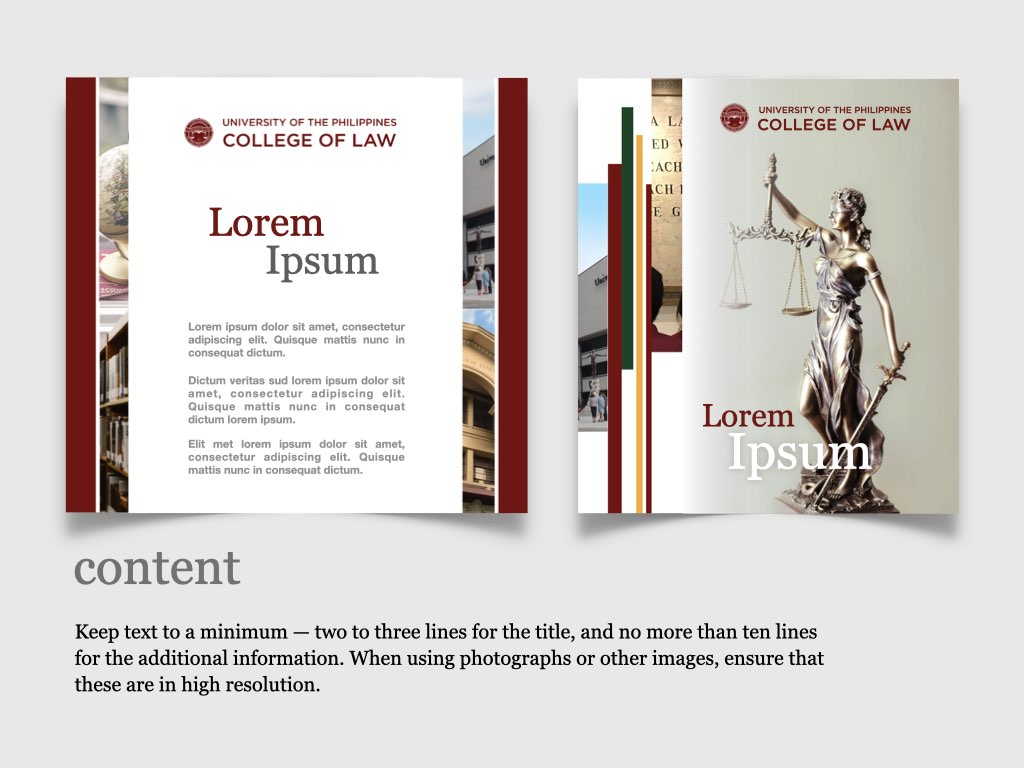
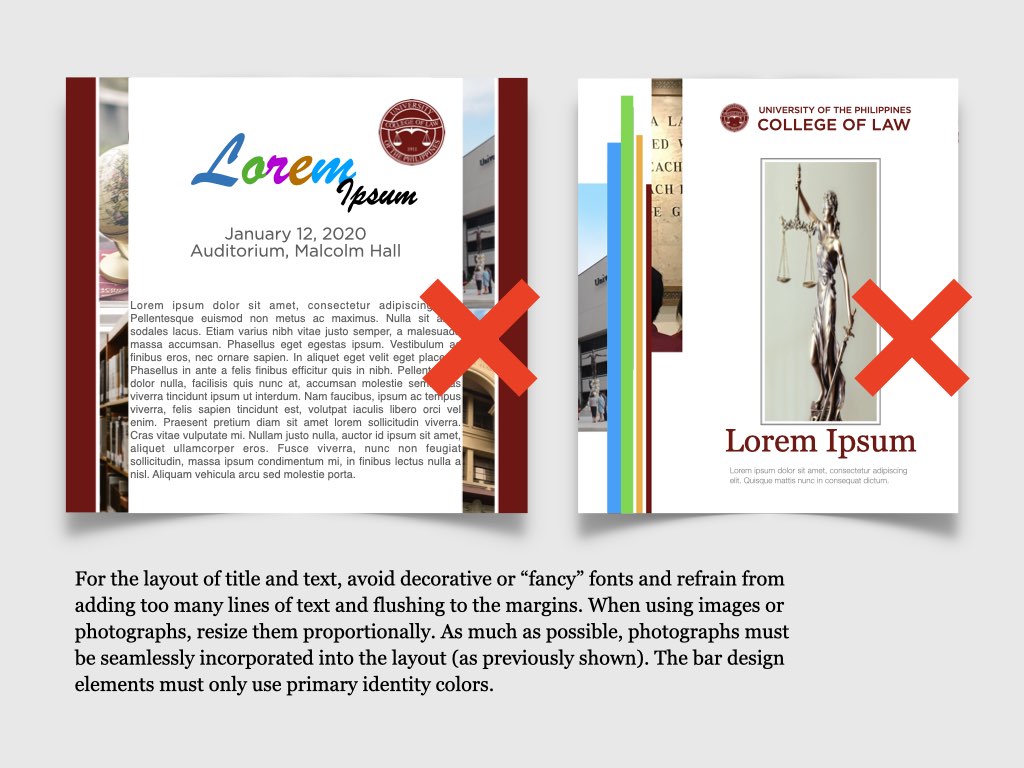


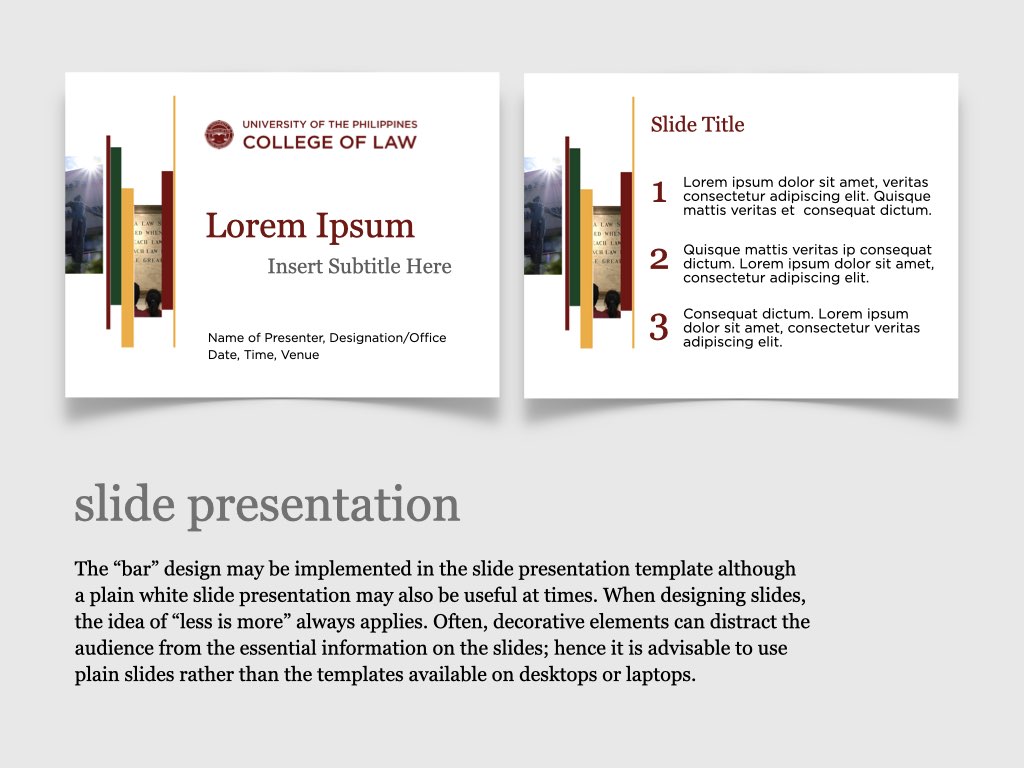
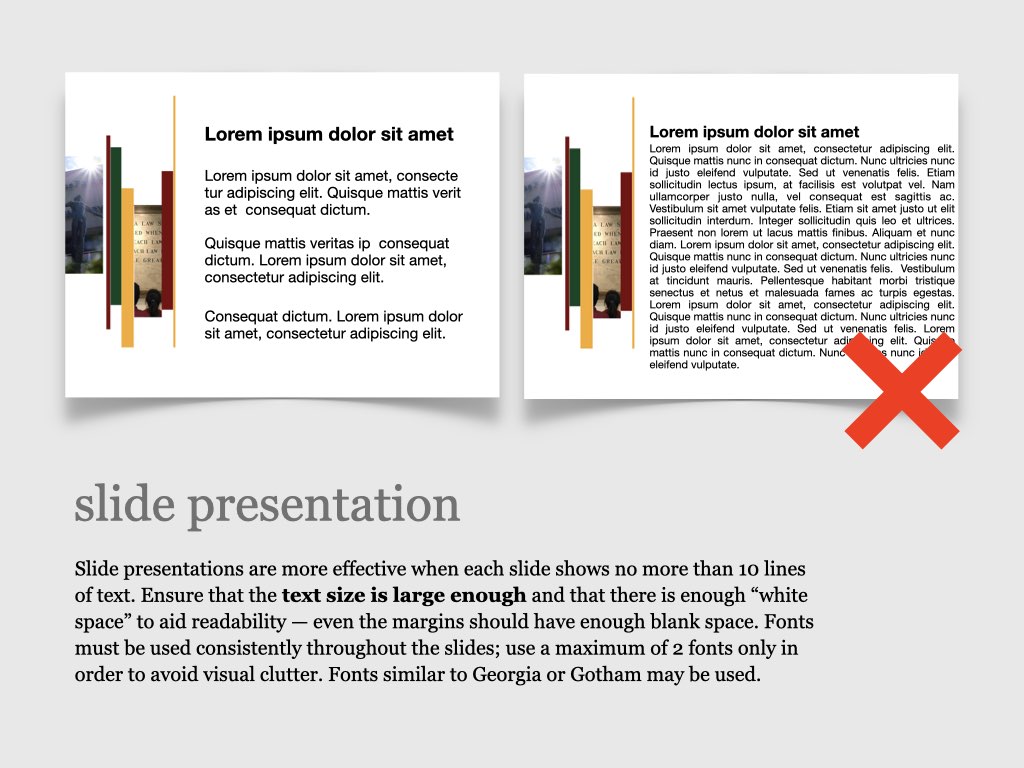
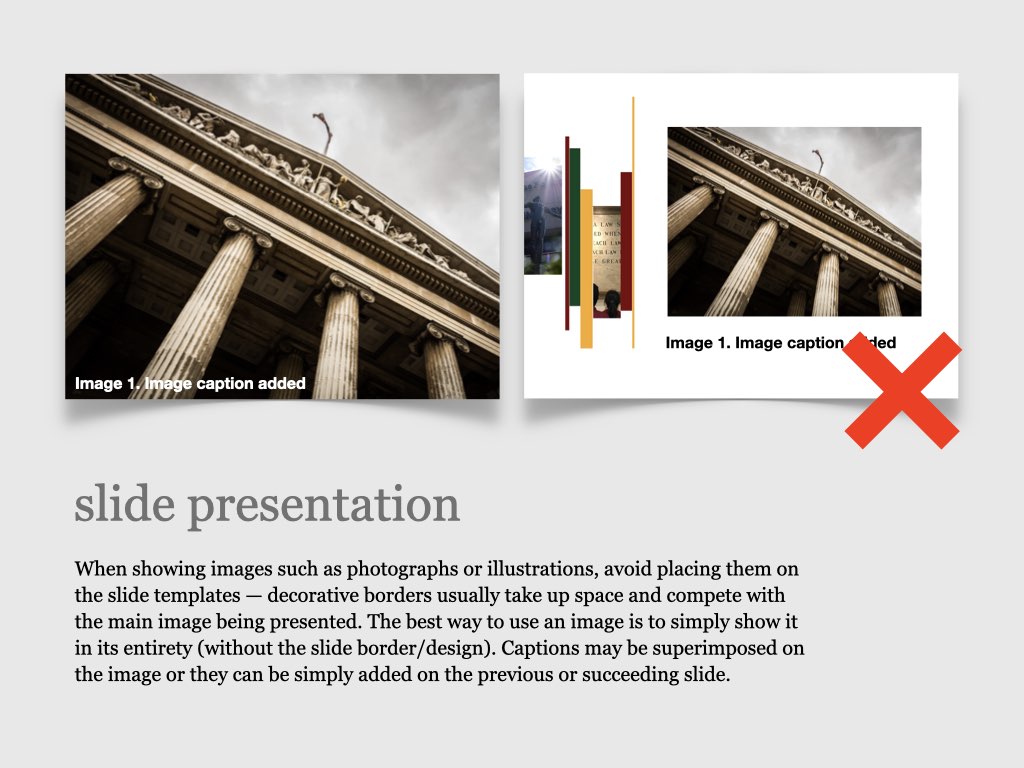


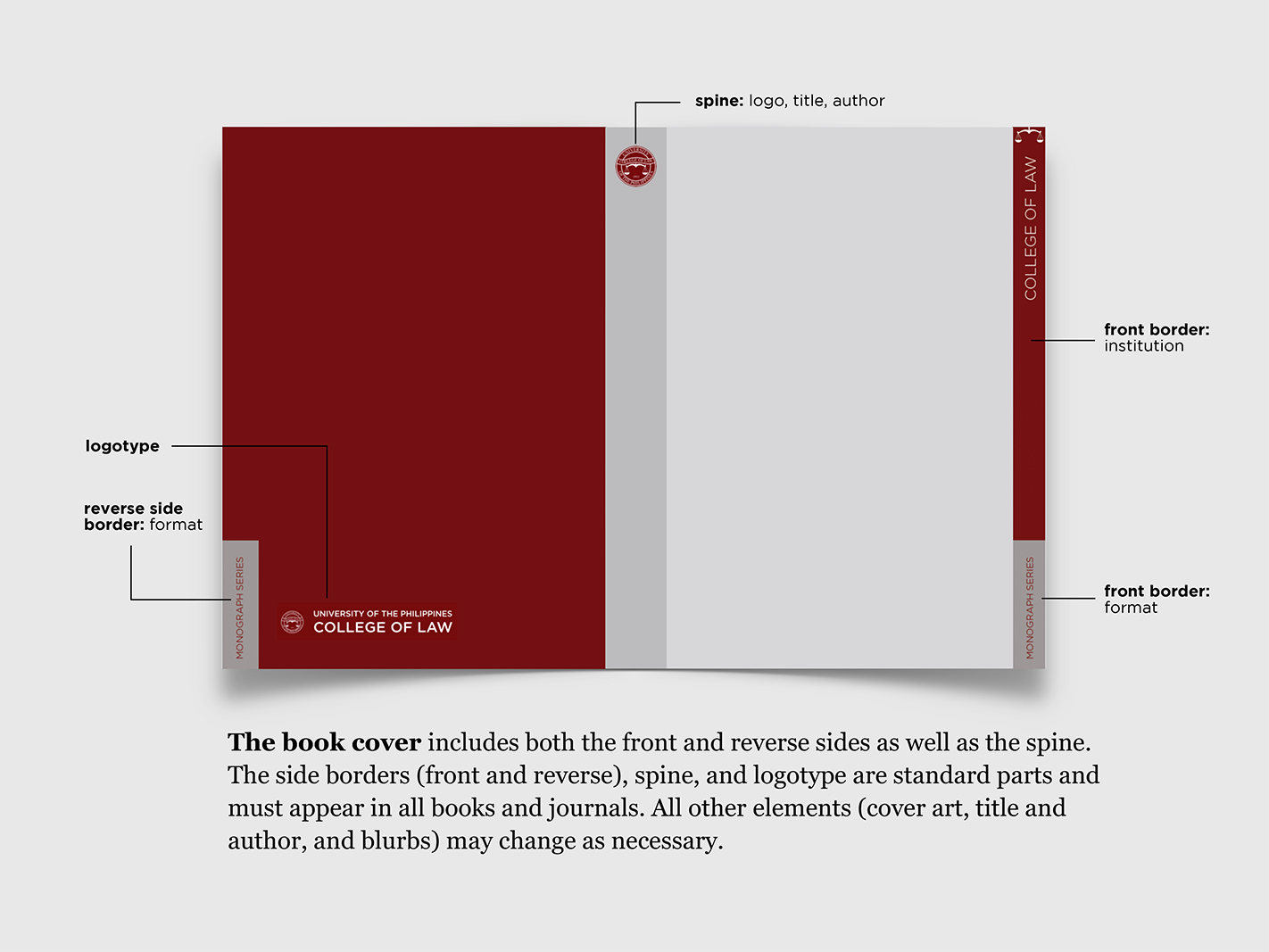
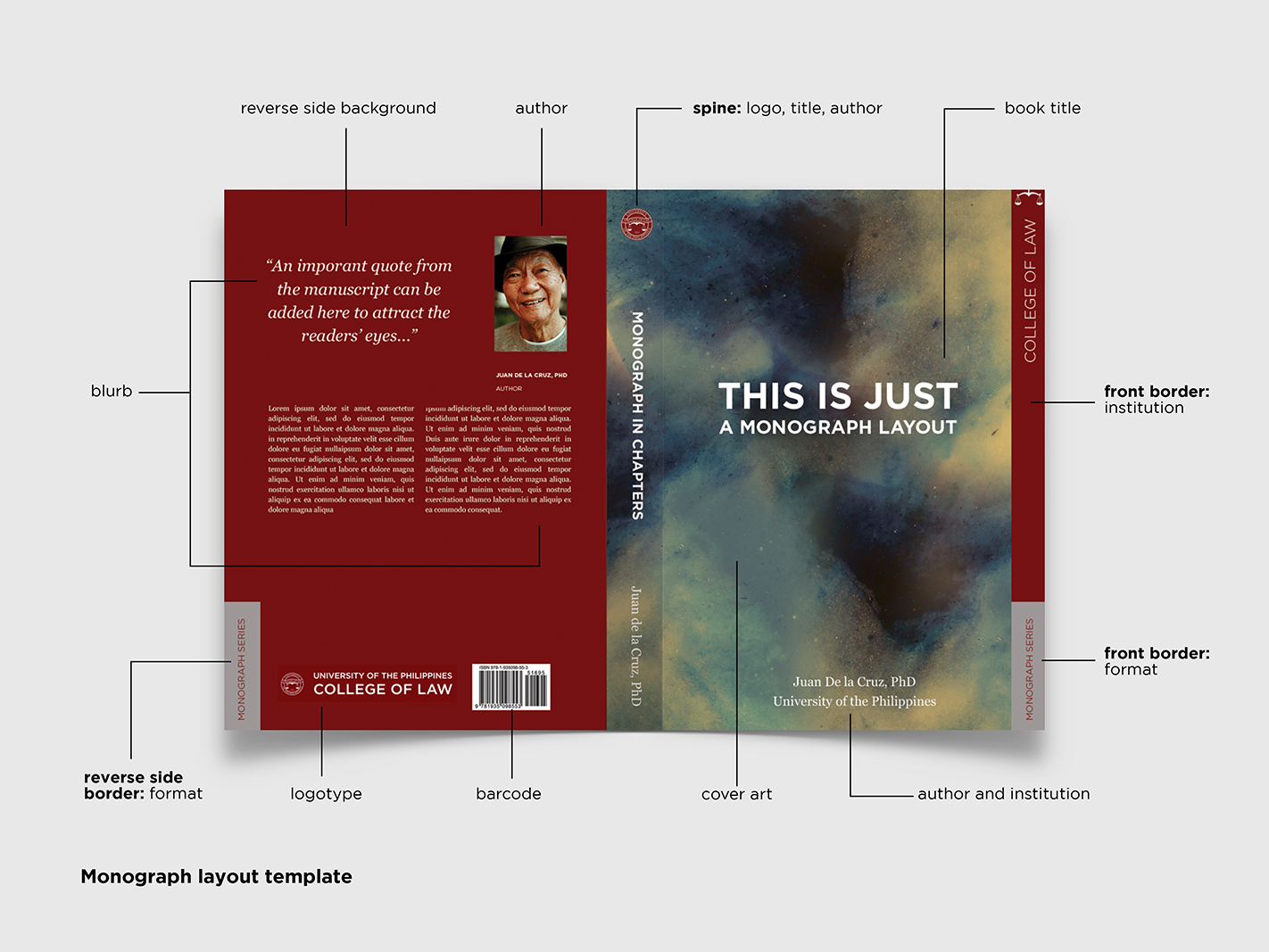
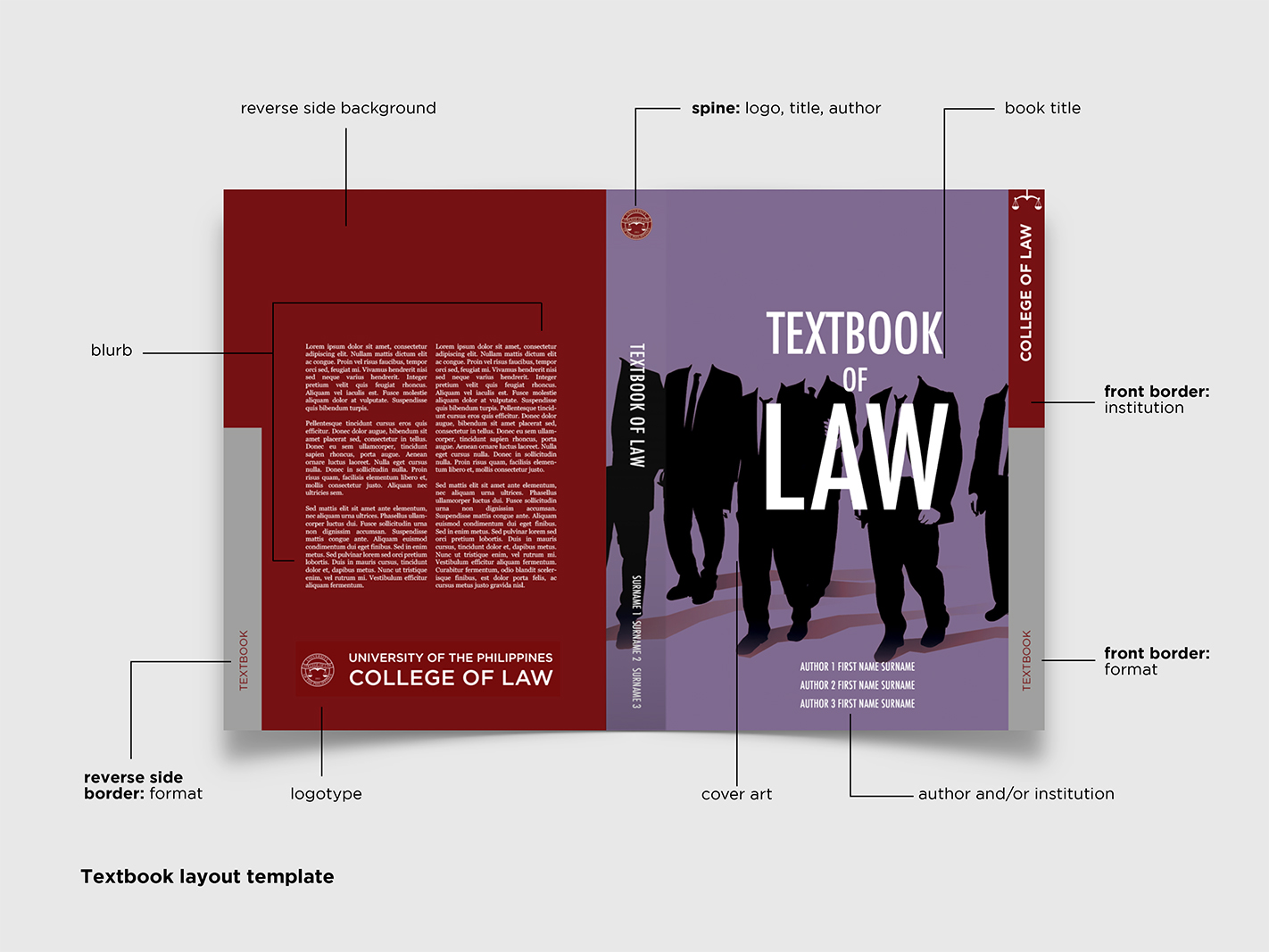
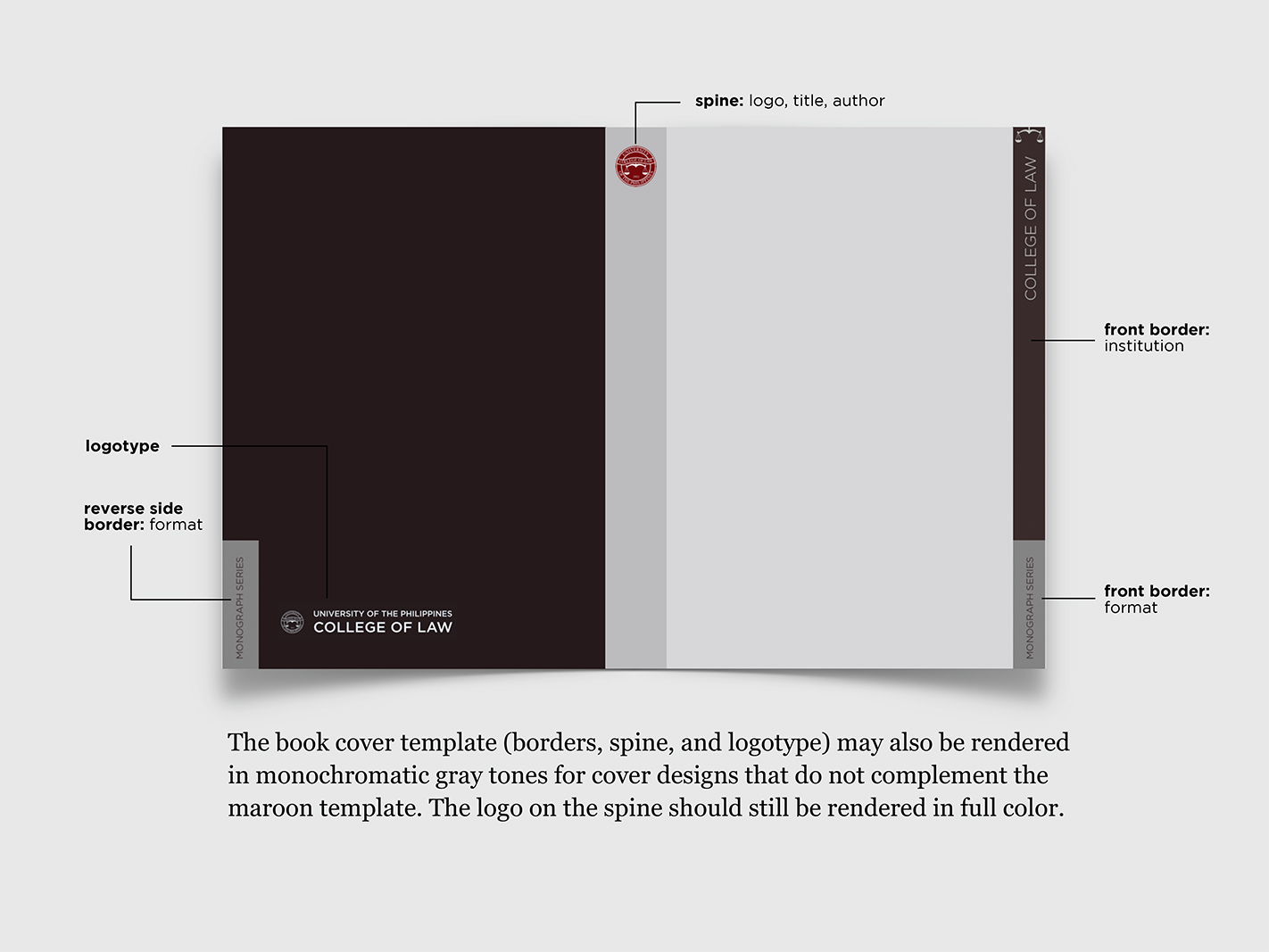


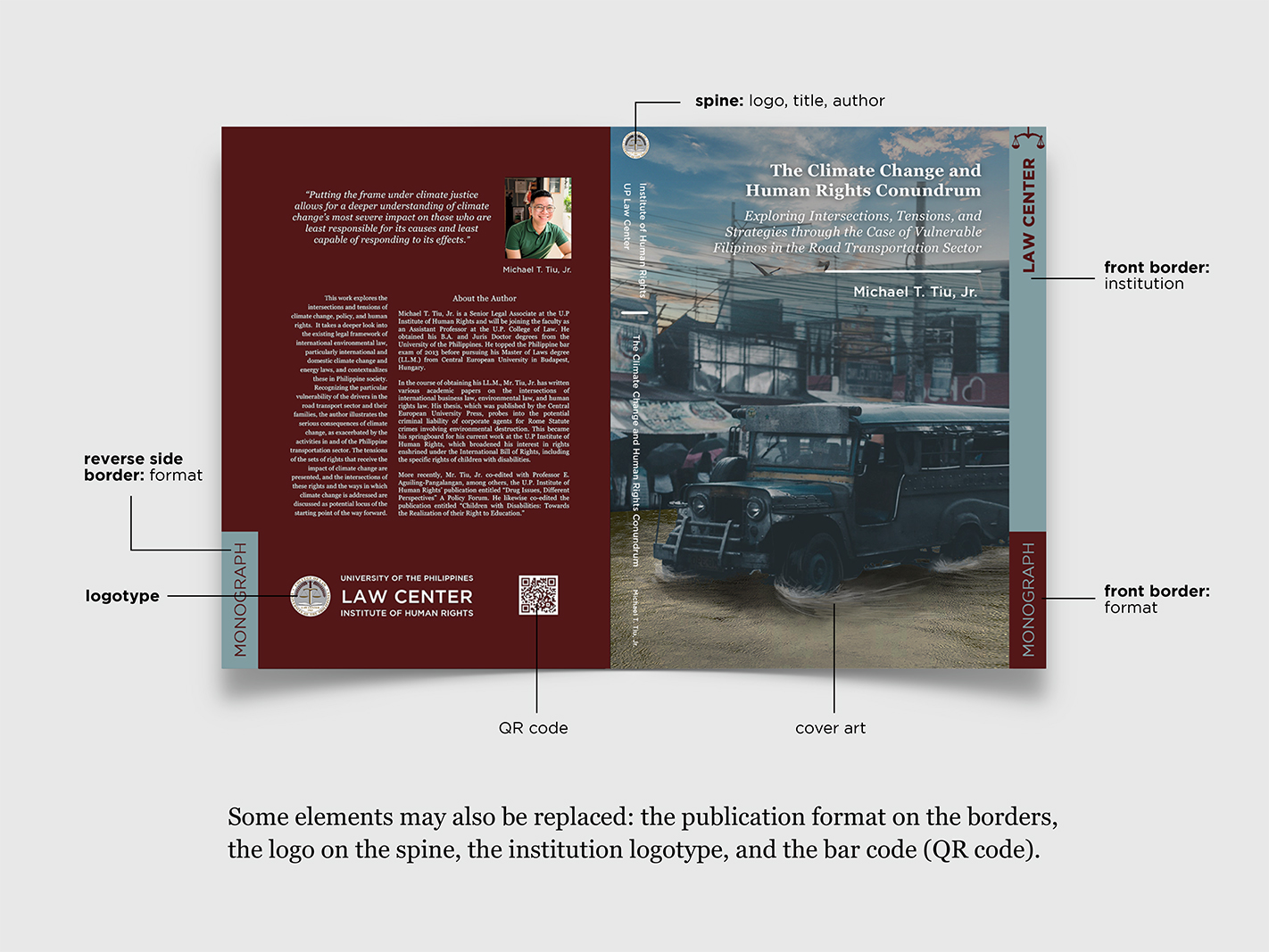
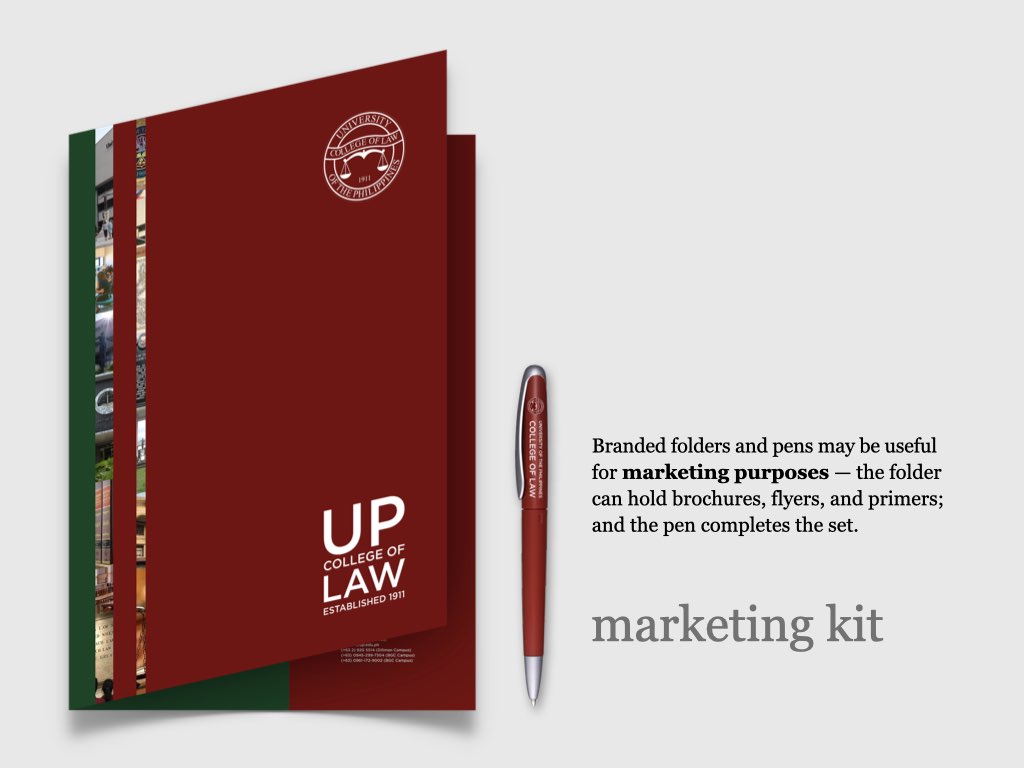
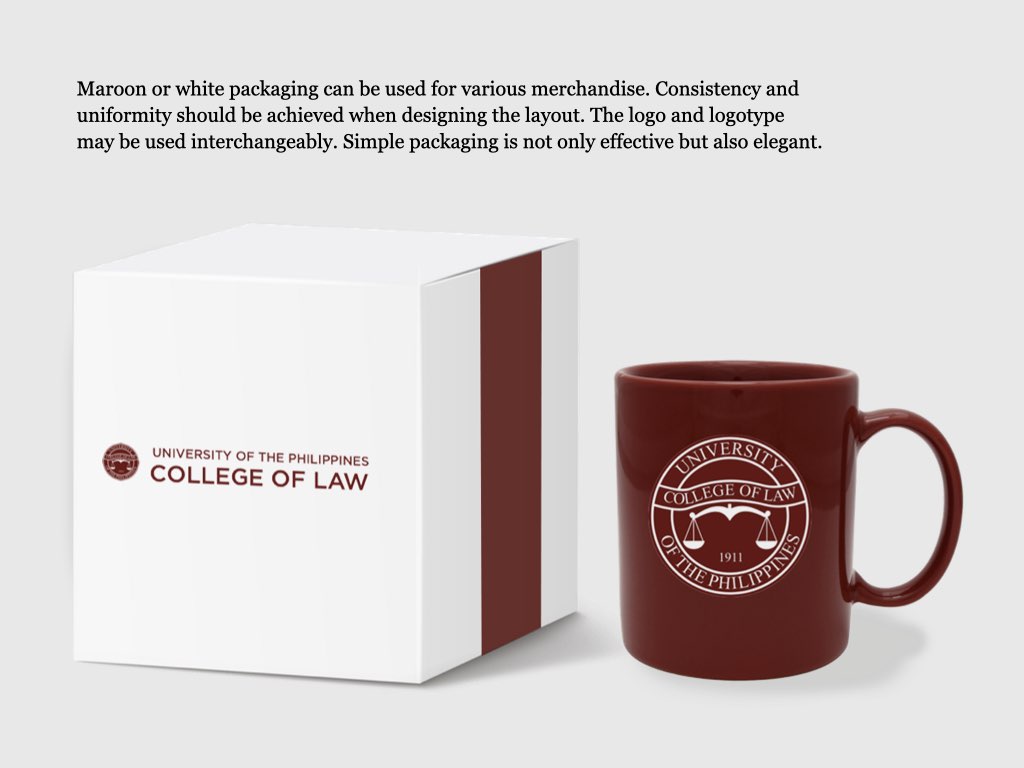
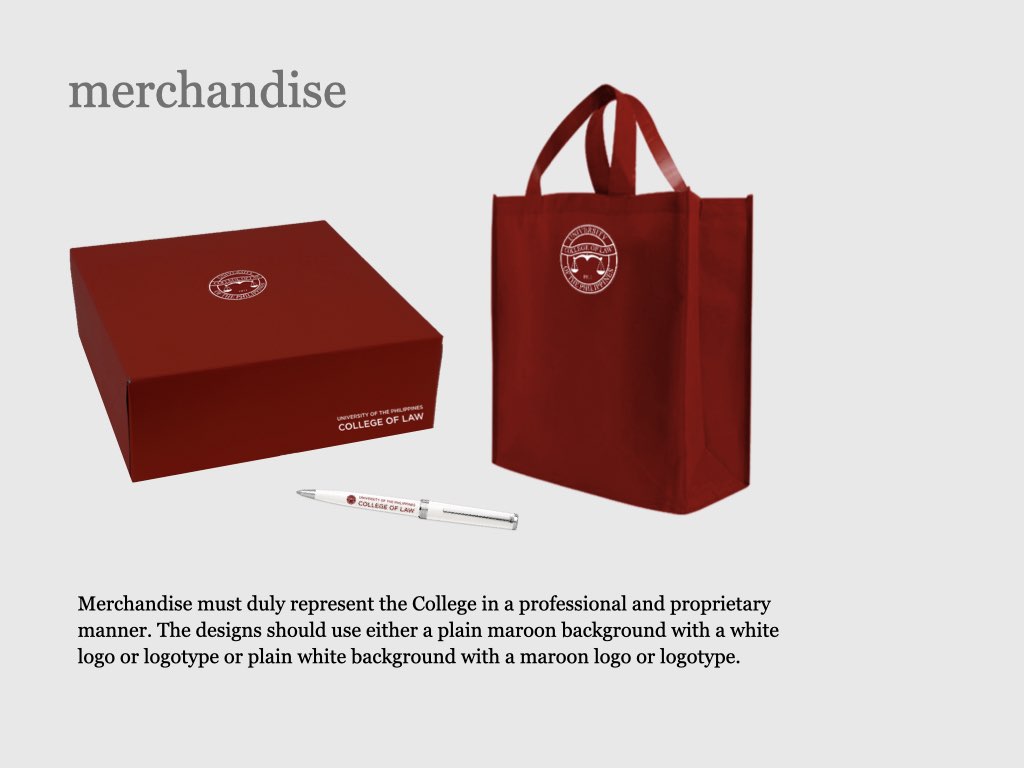
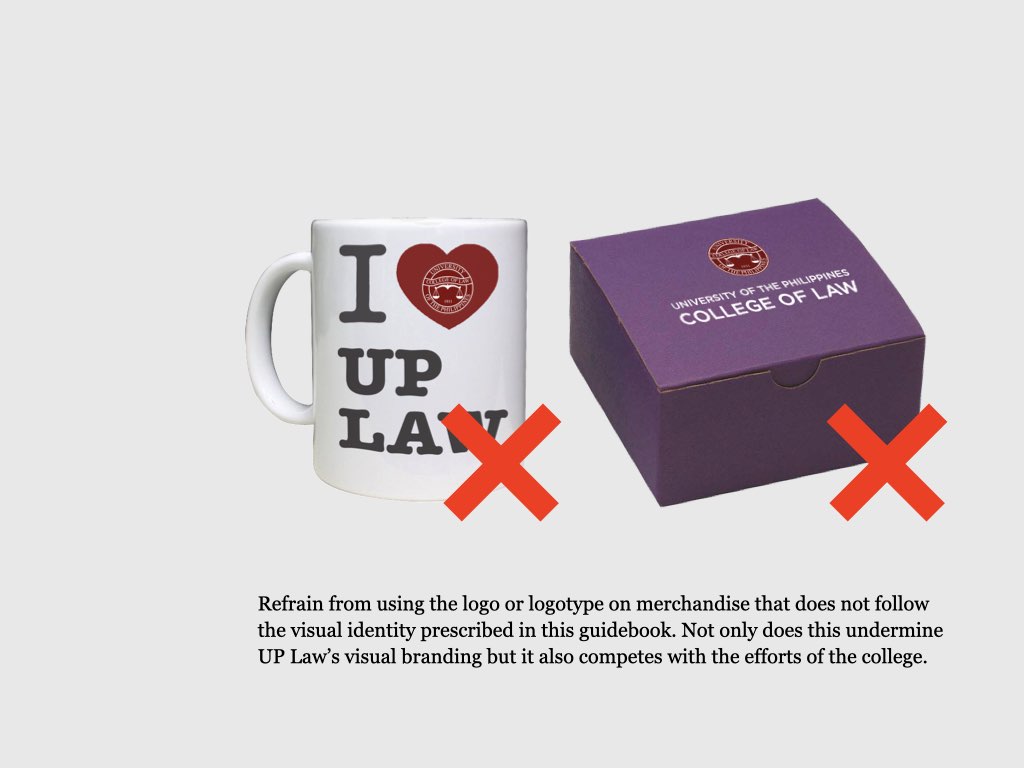



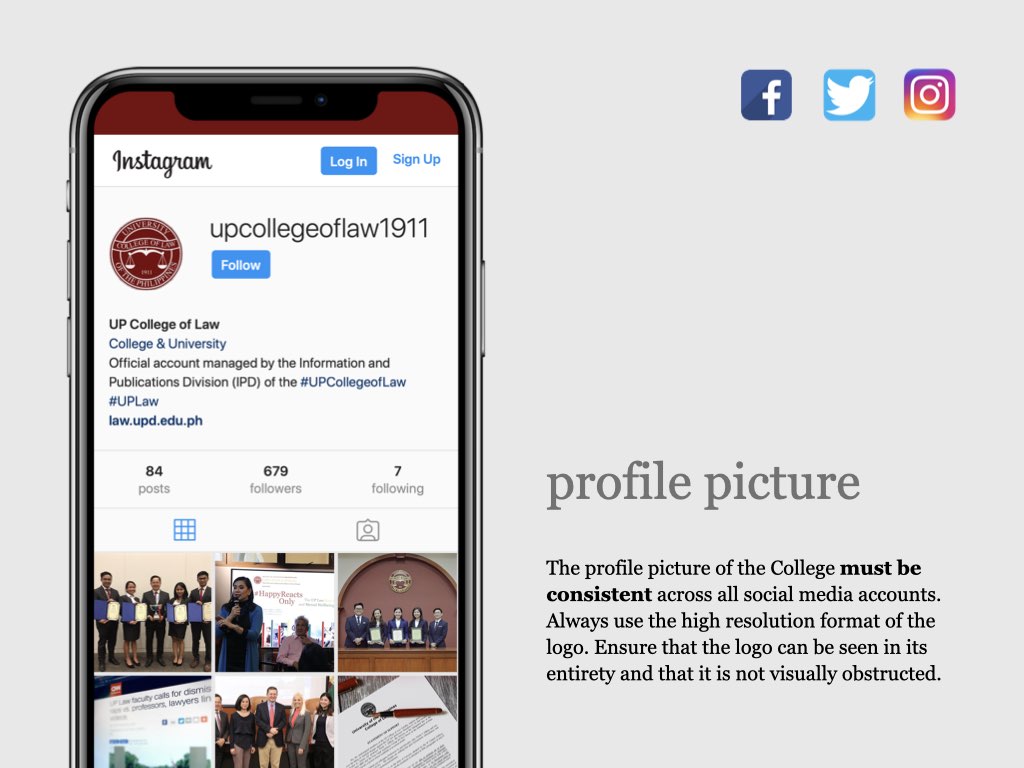

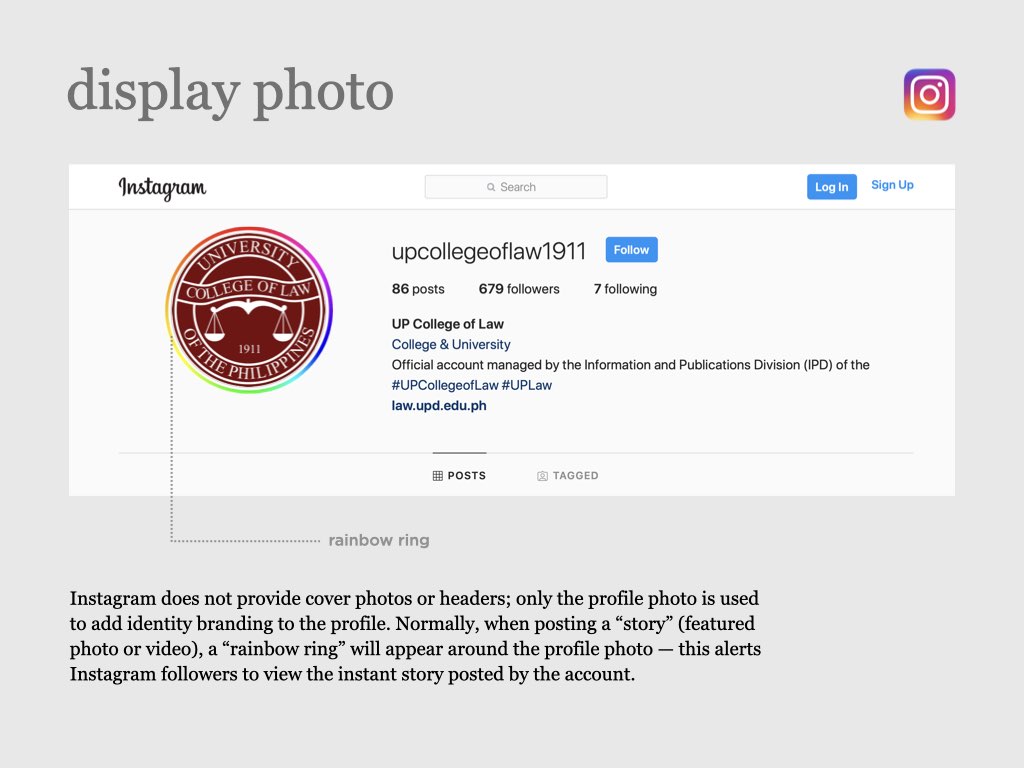
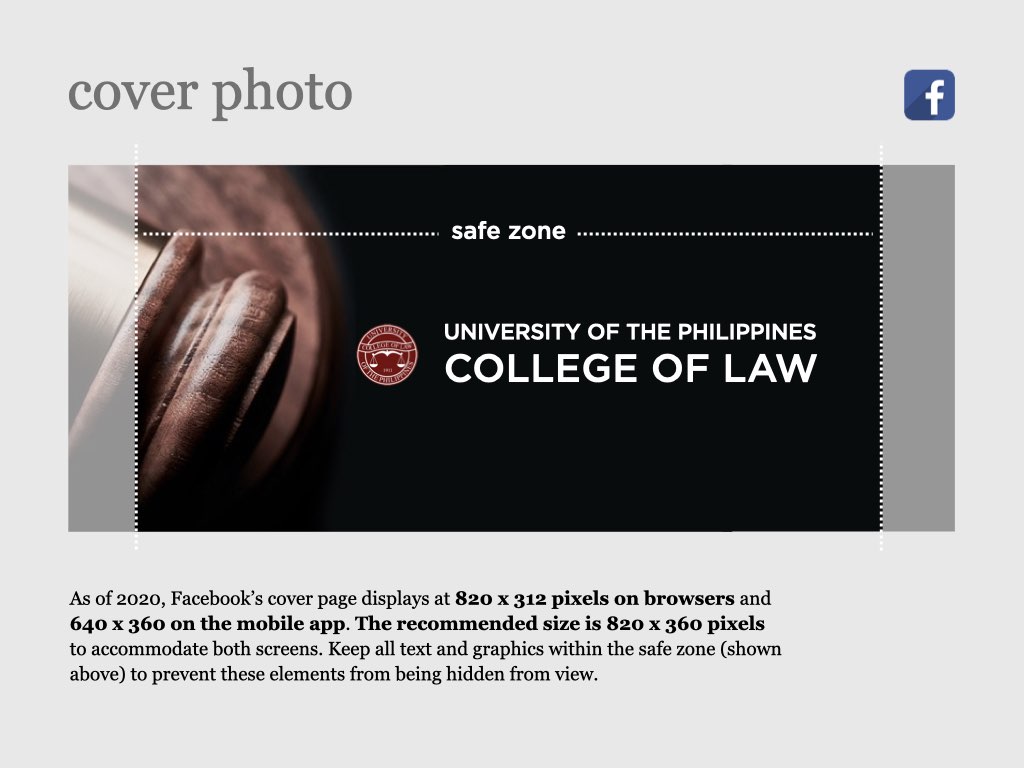
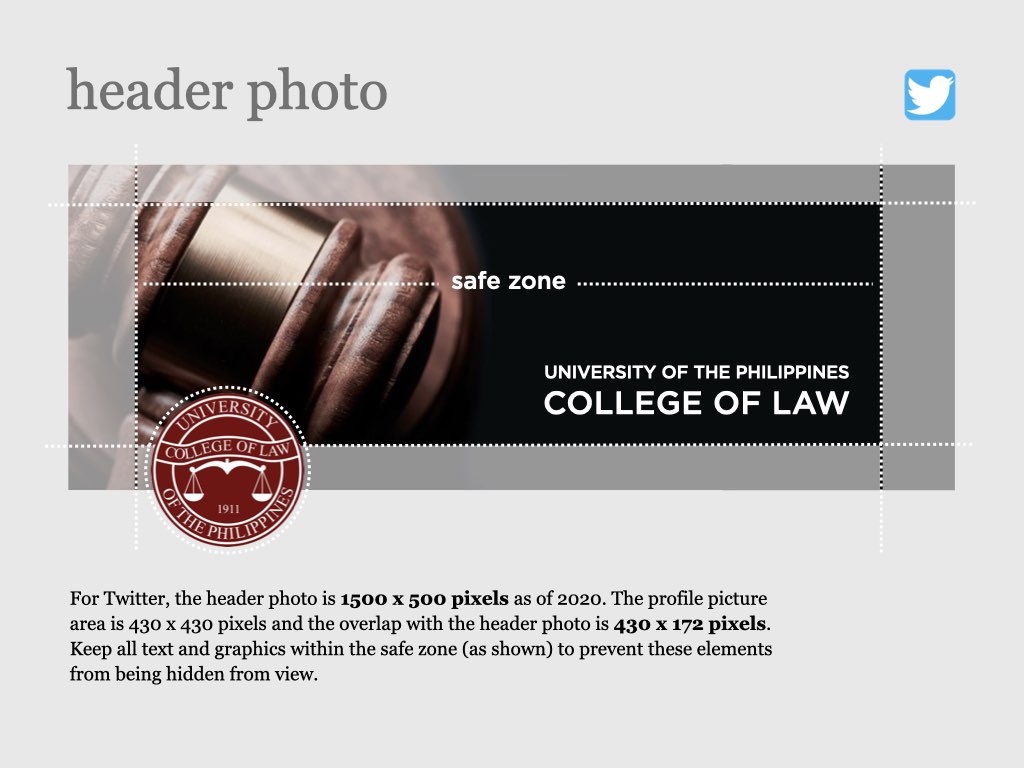
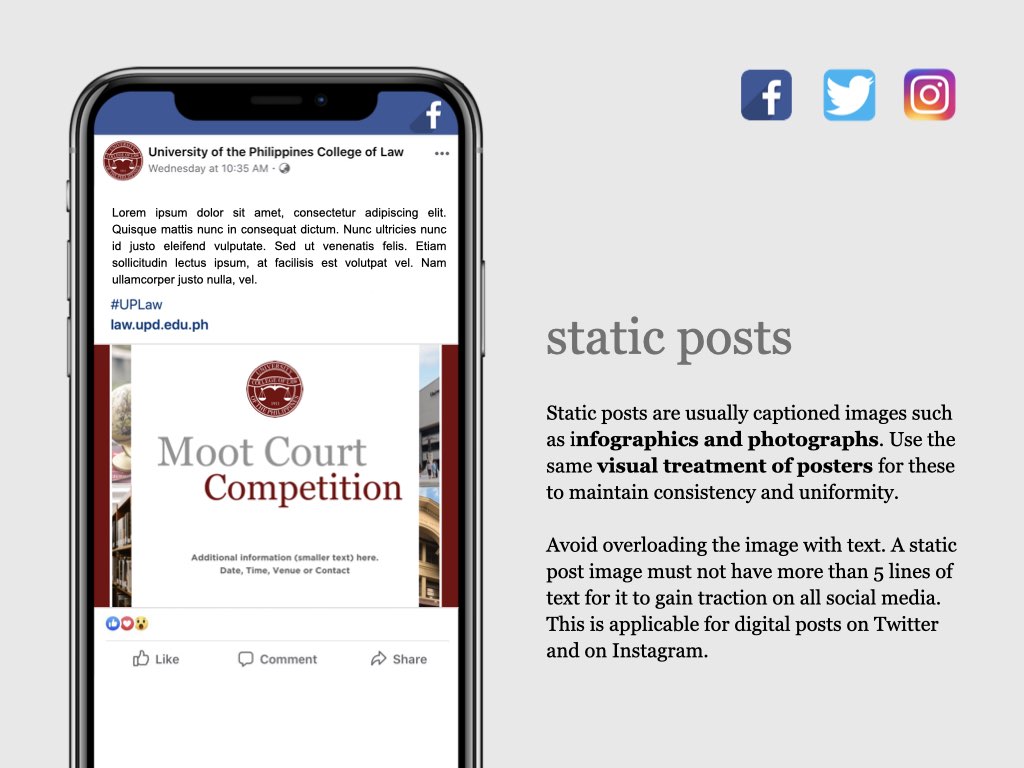
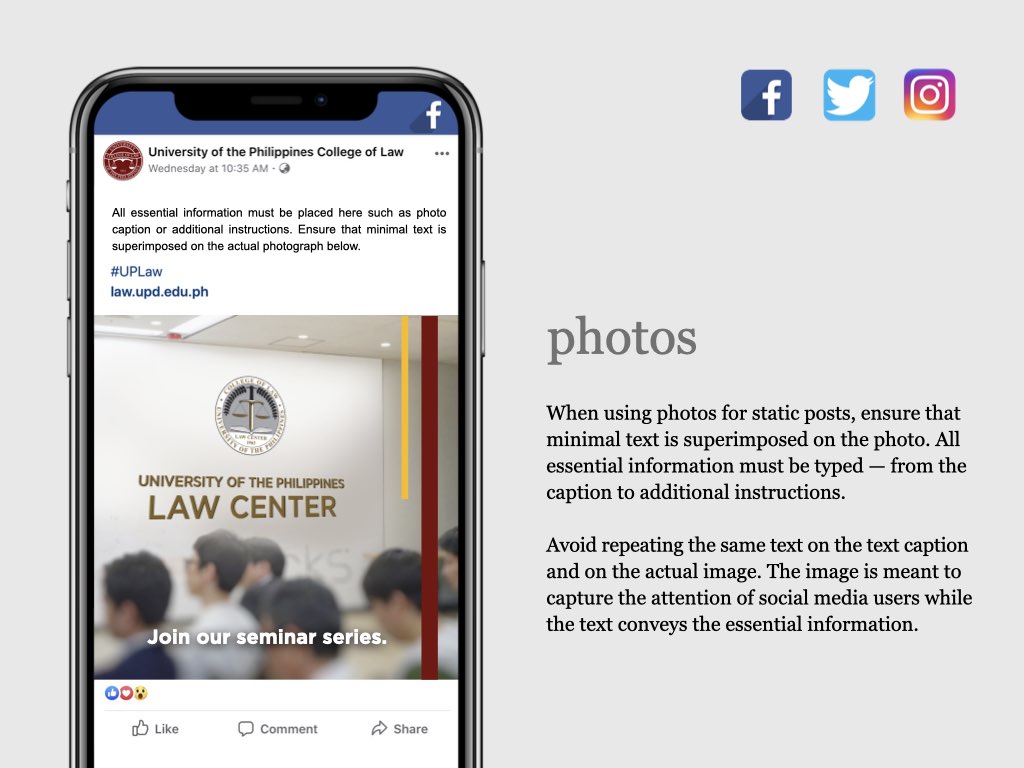
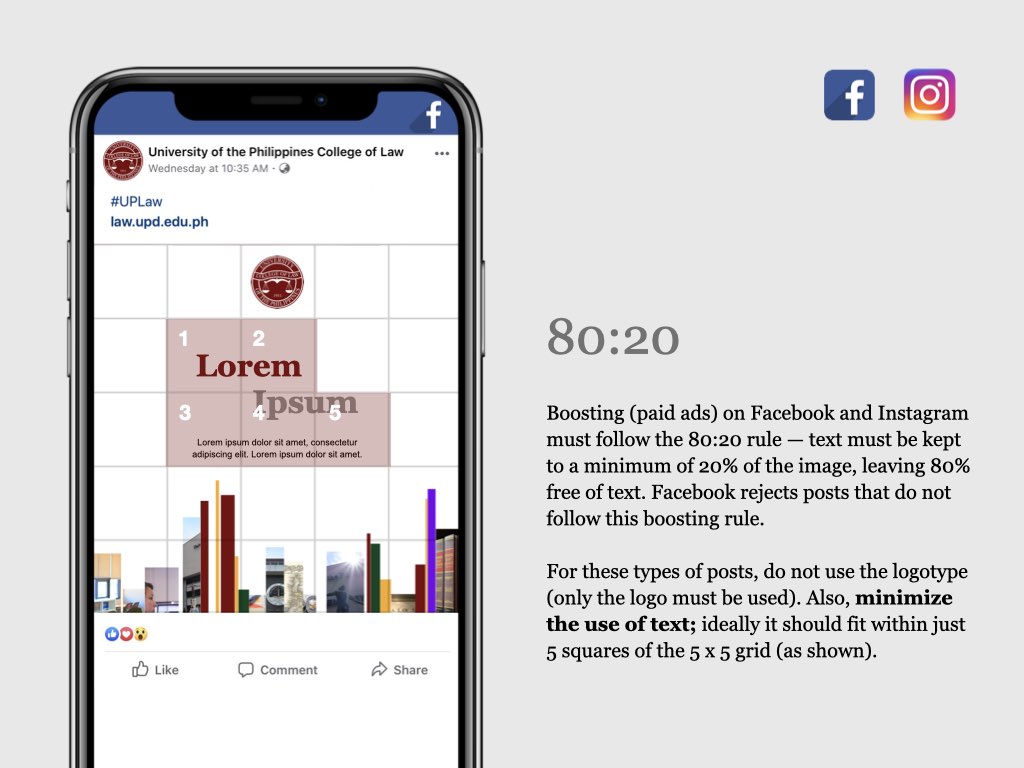
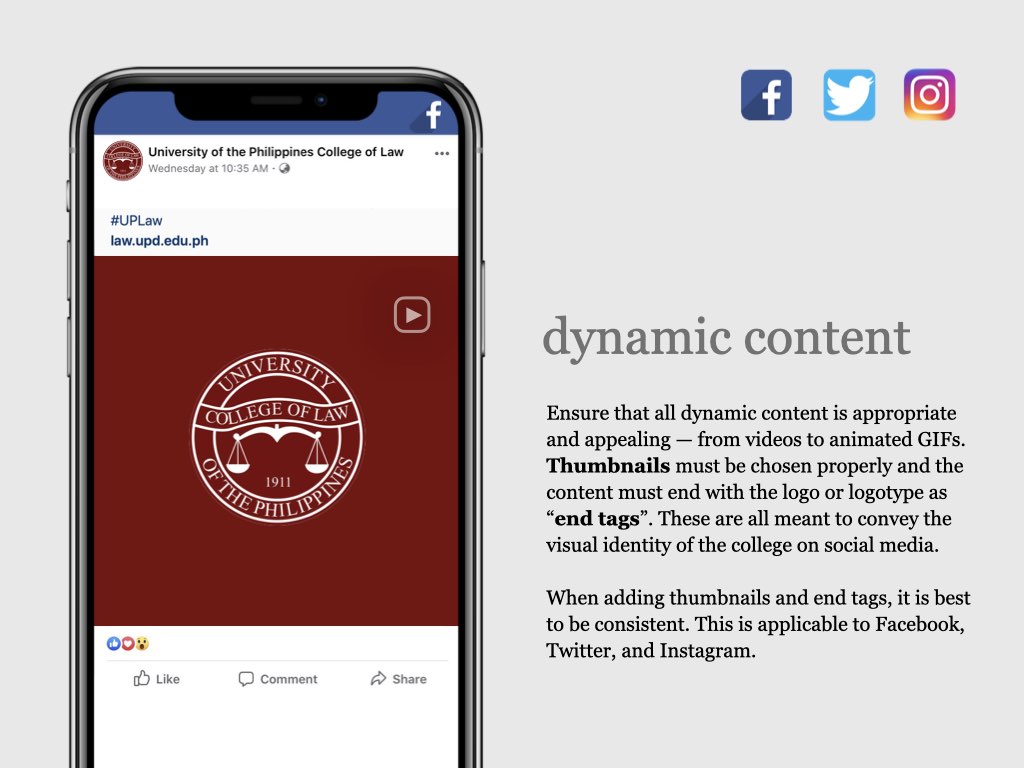
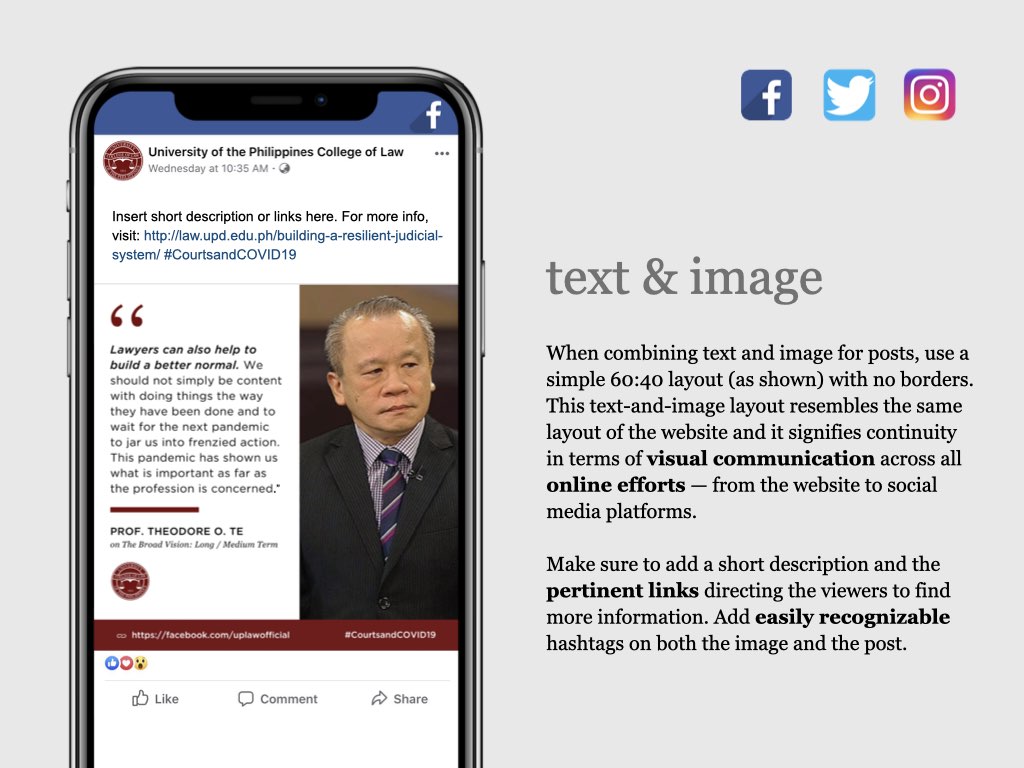
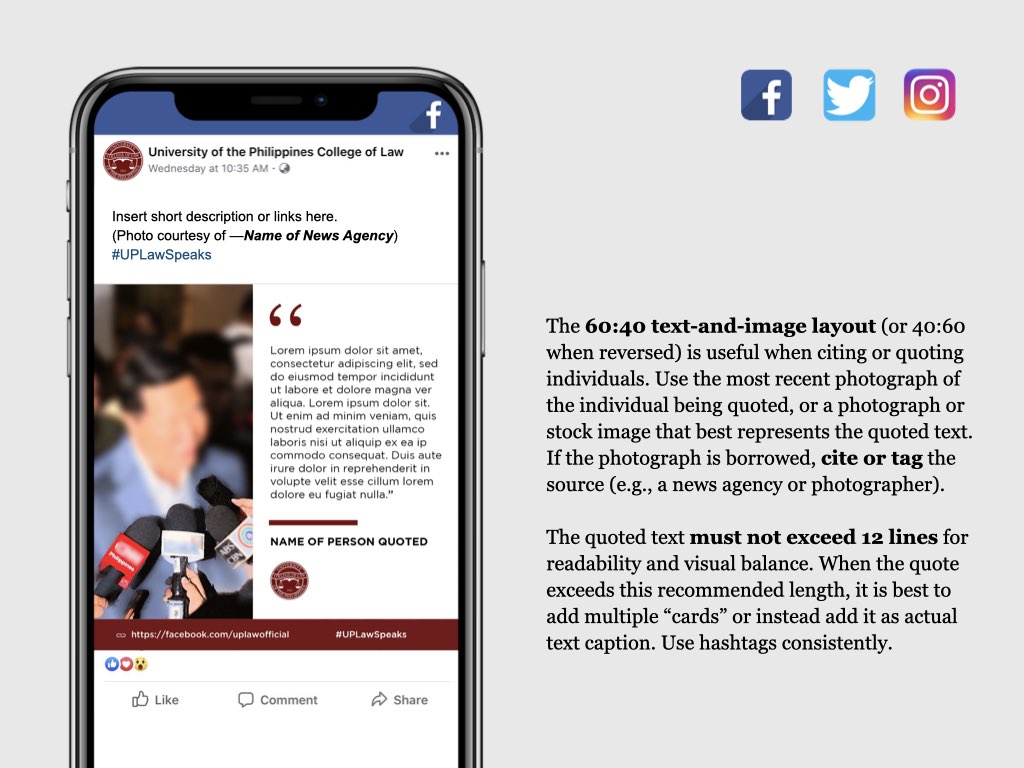
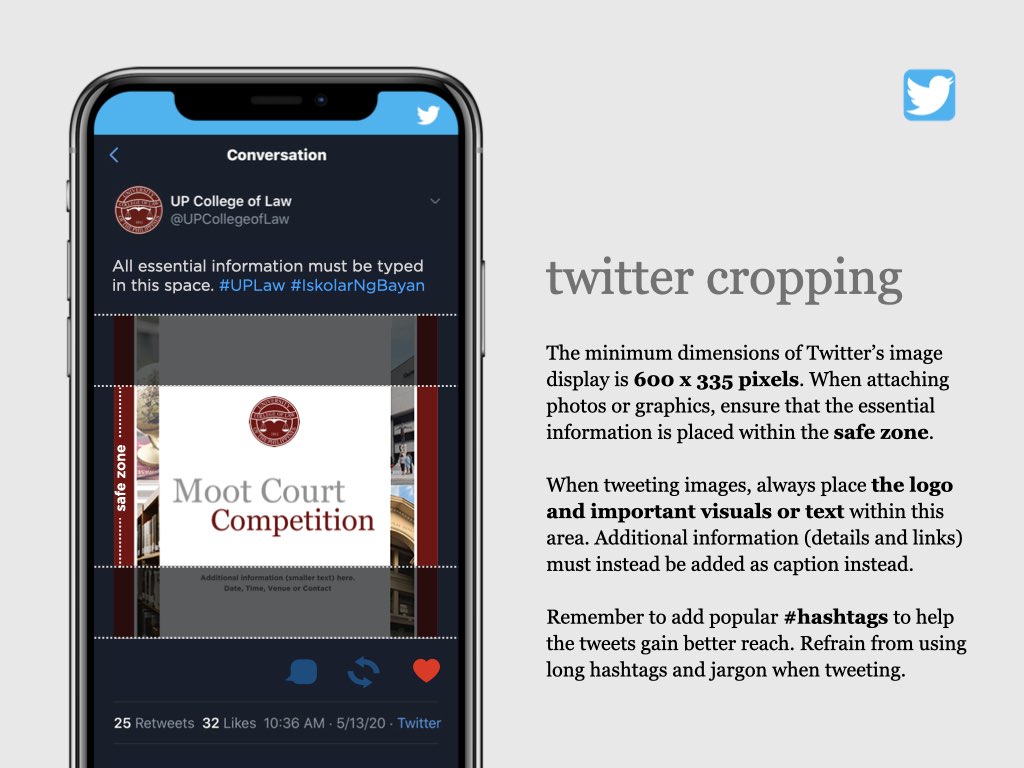

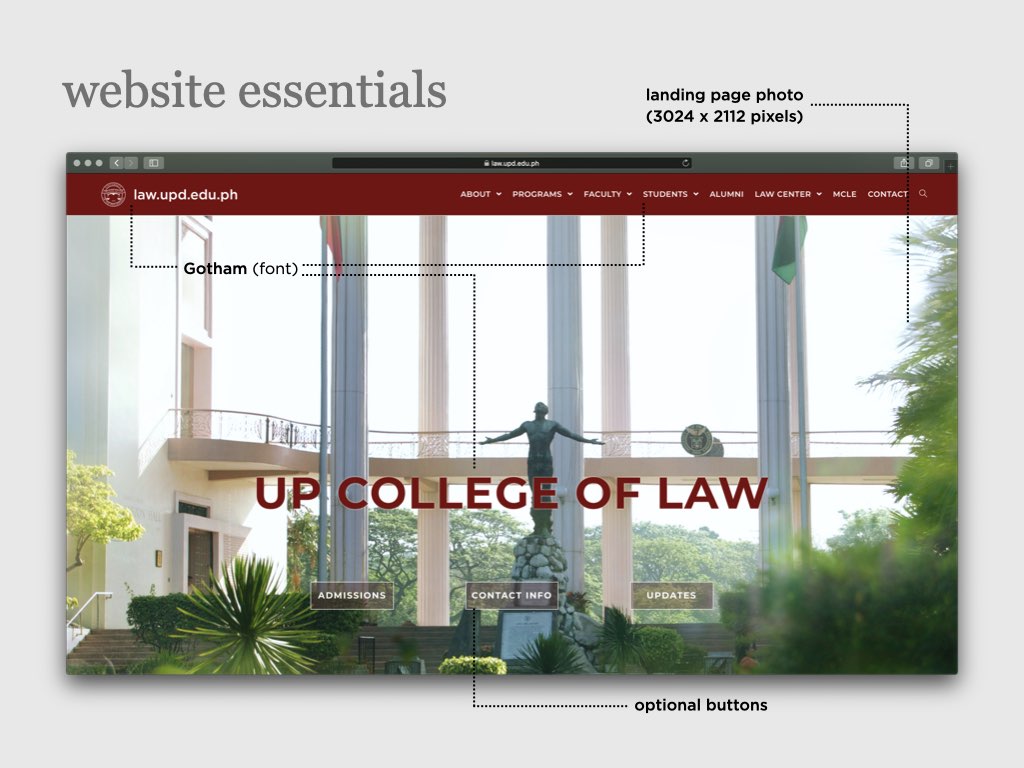
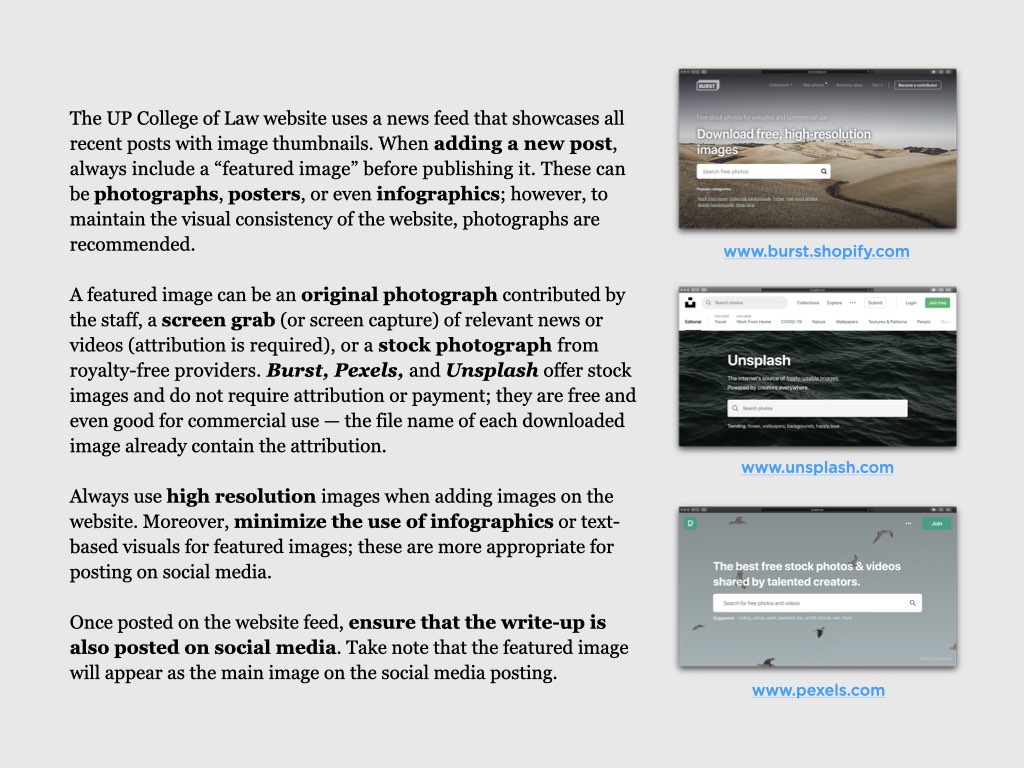
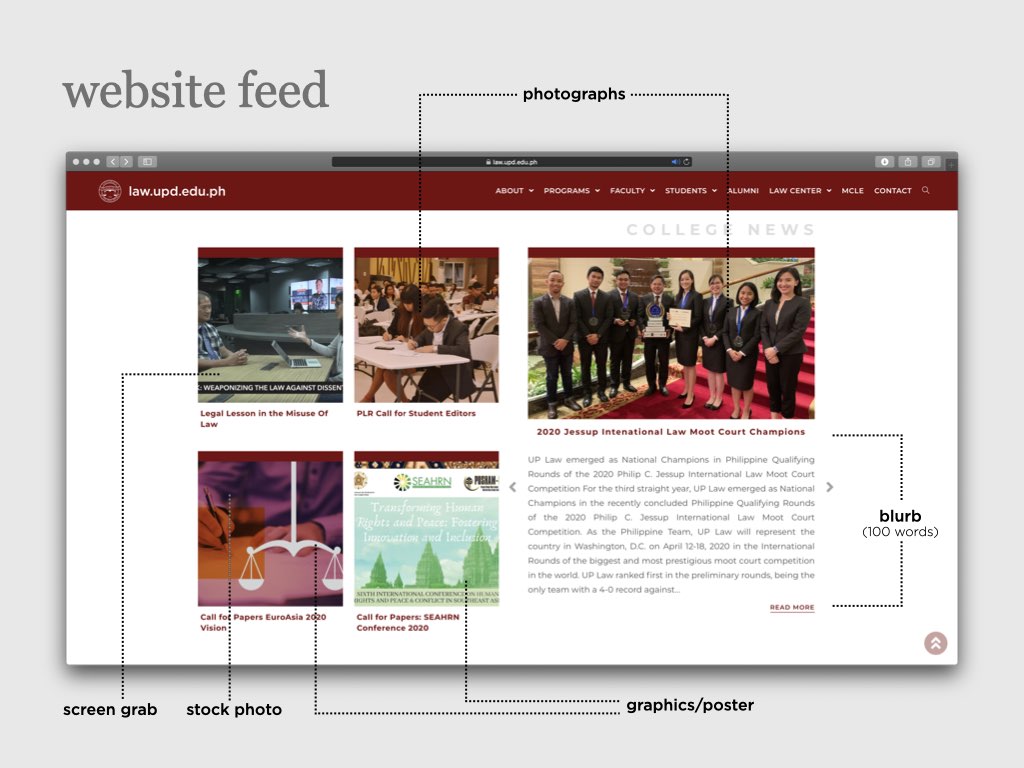



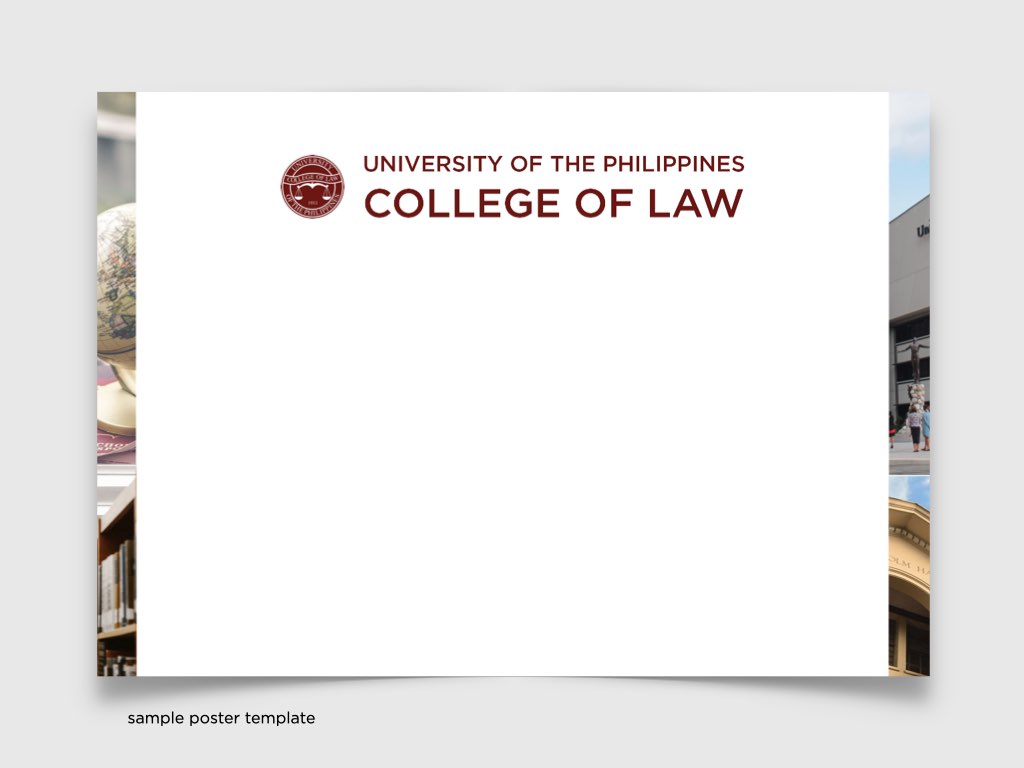

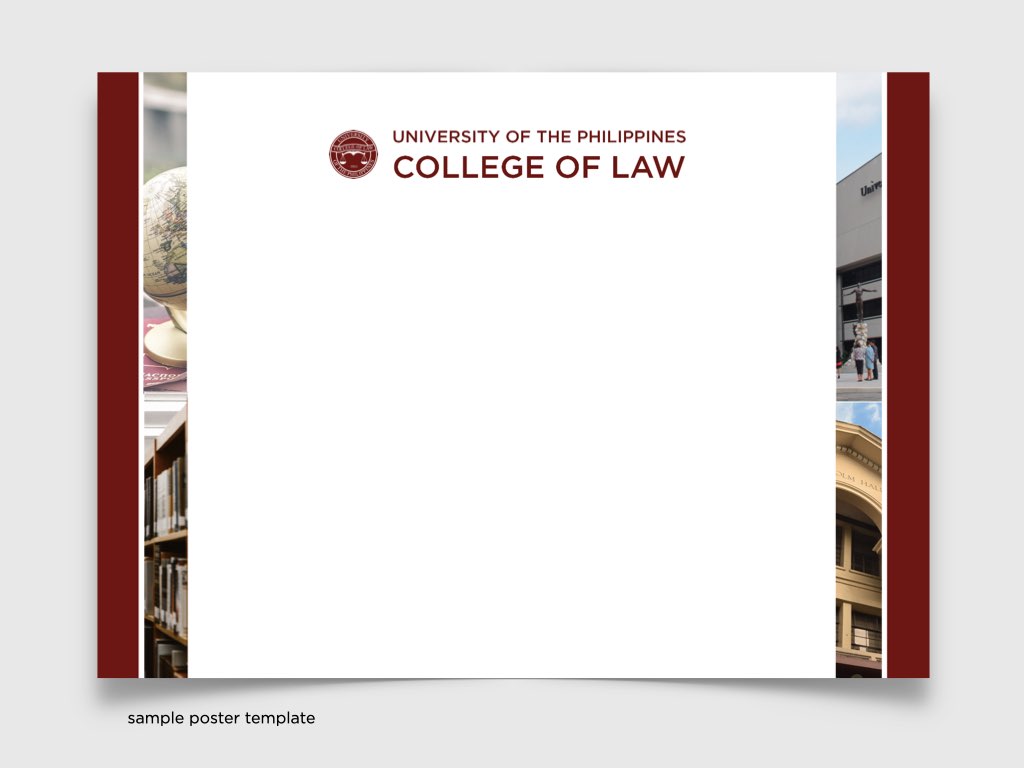

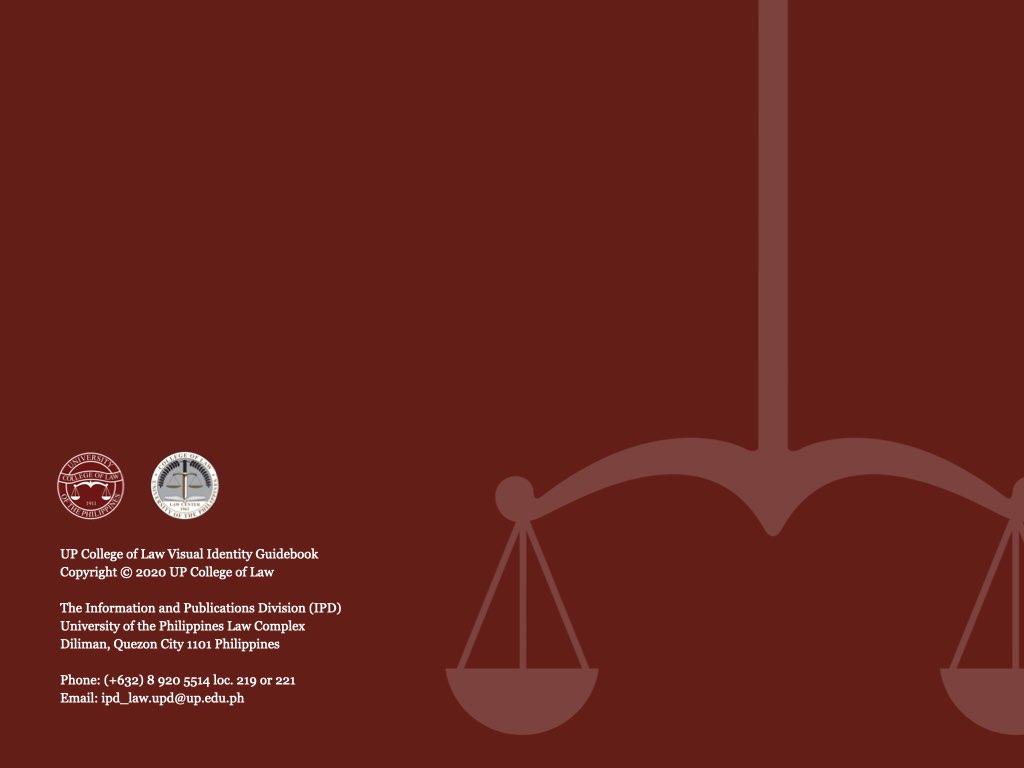
 on the upper right corner to select a video.
on the upper right corner to select a video.